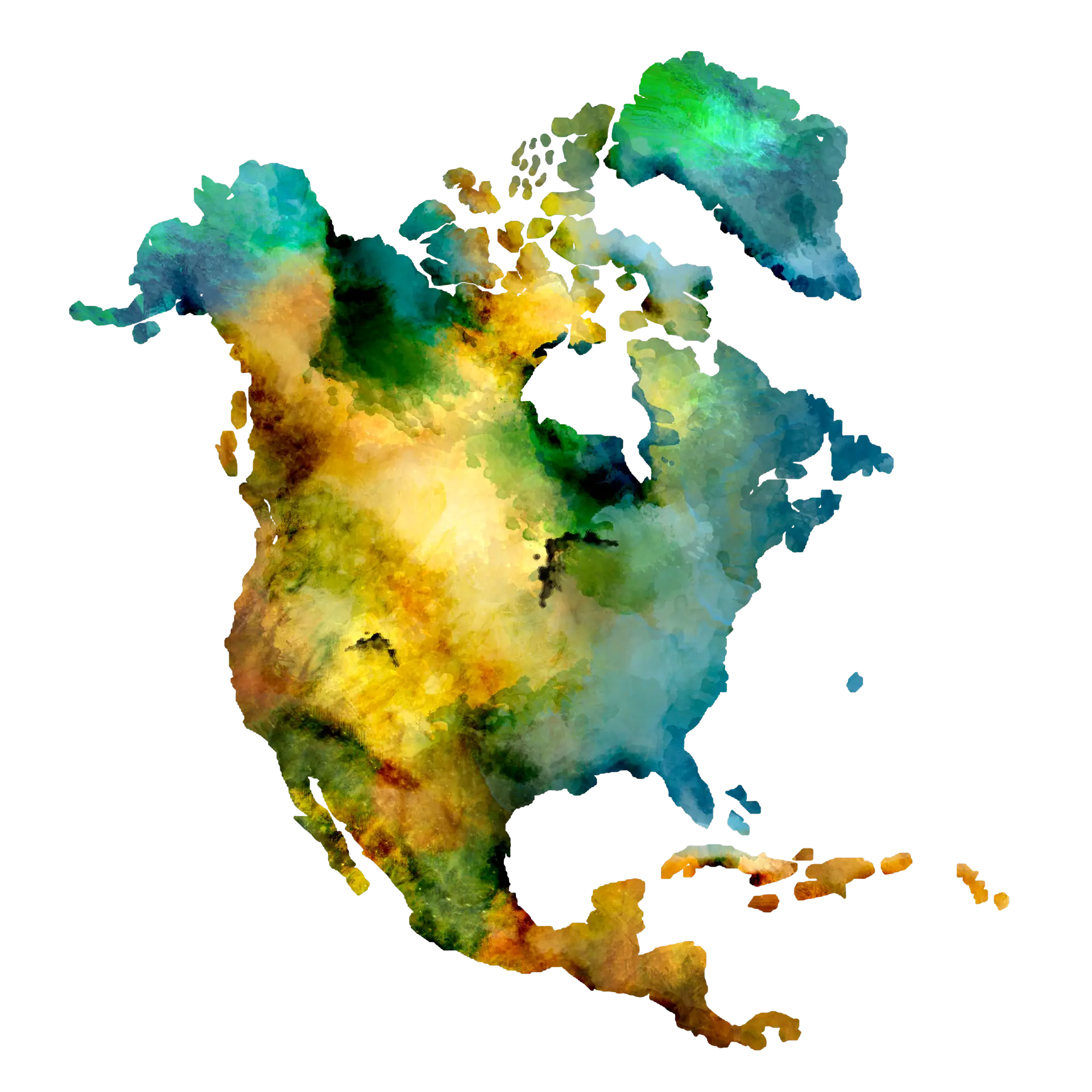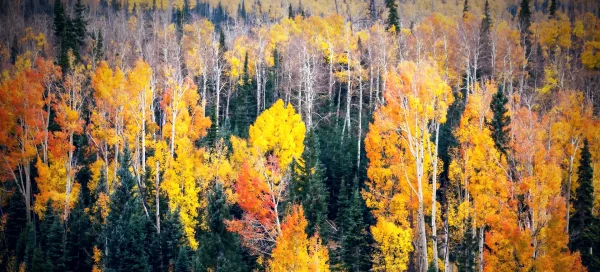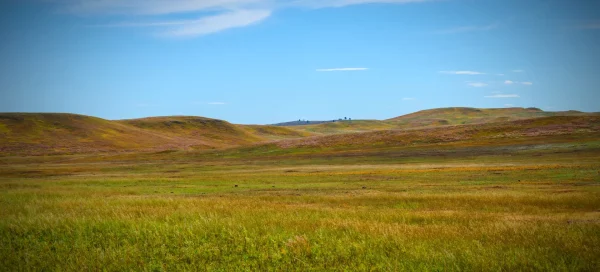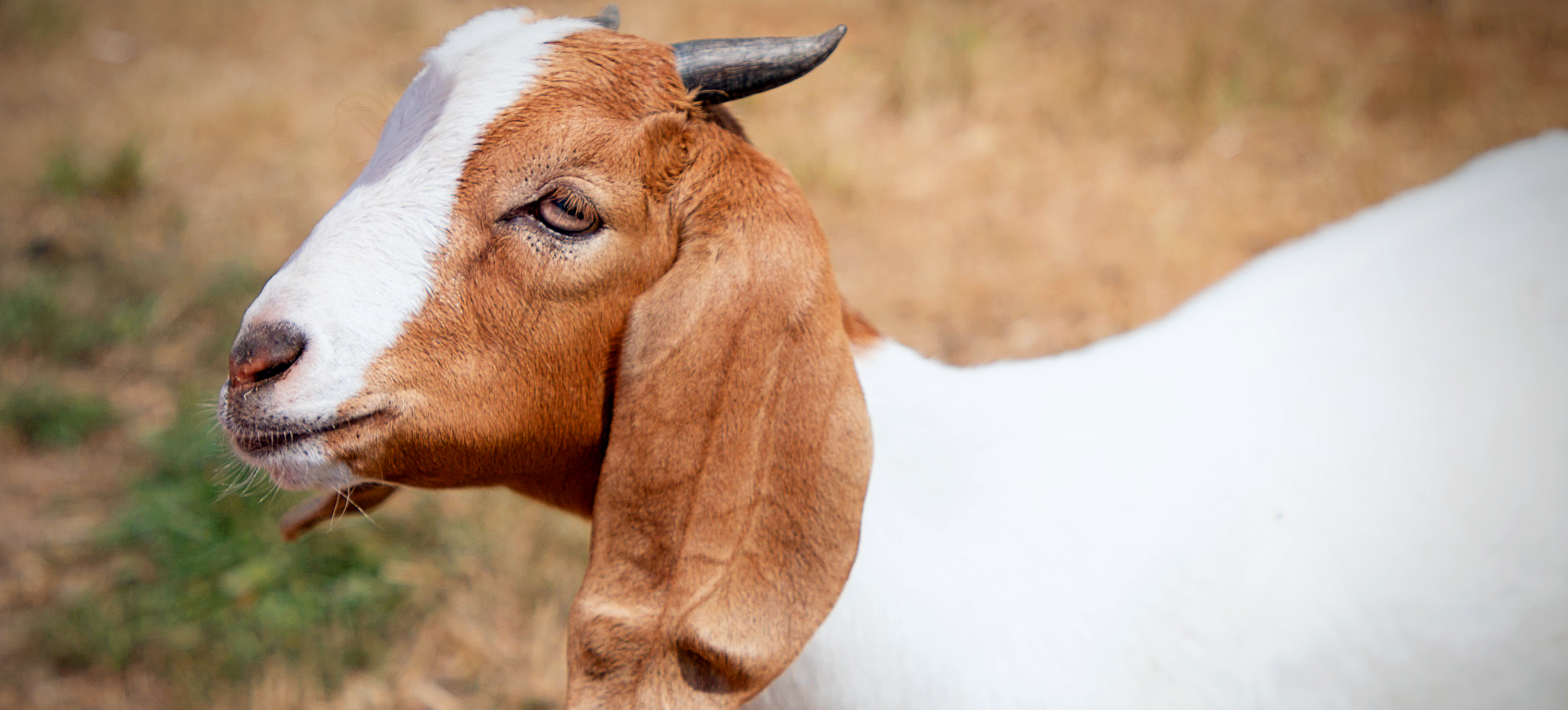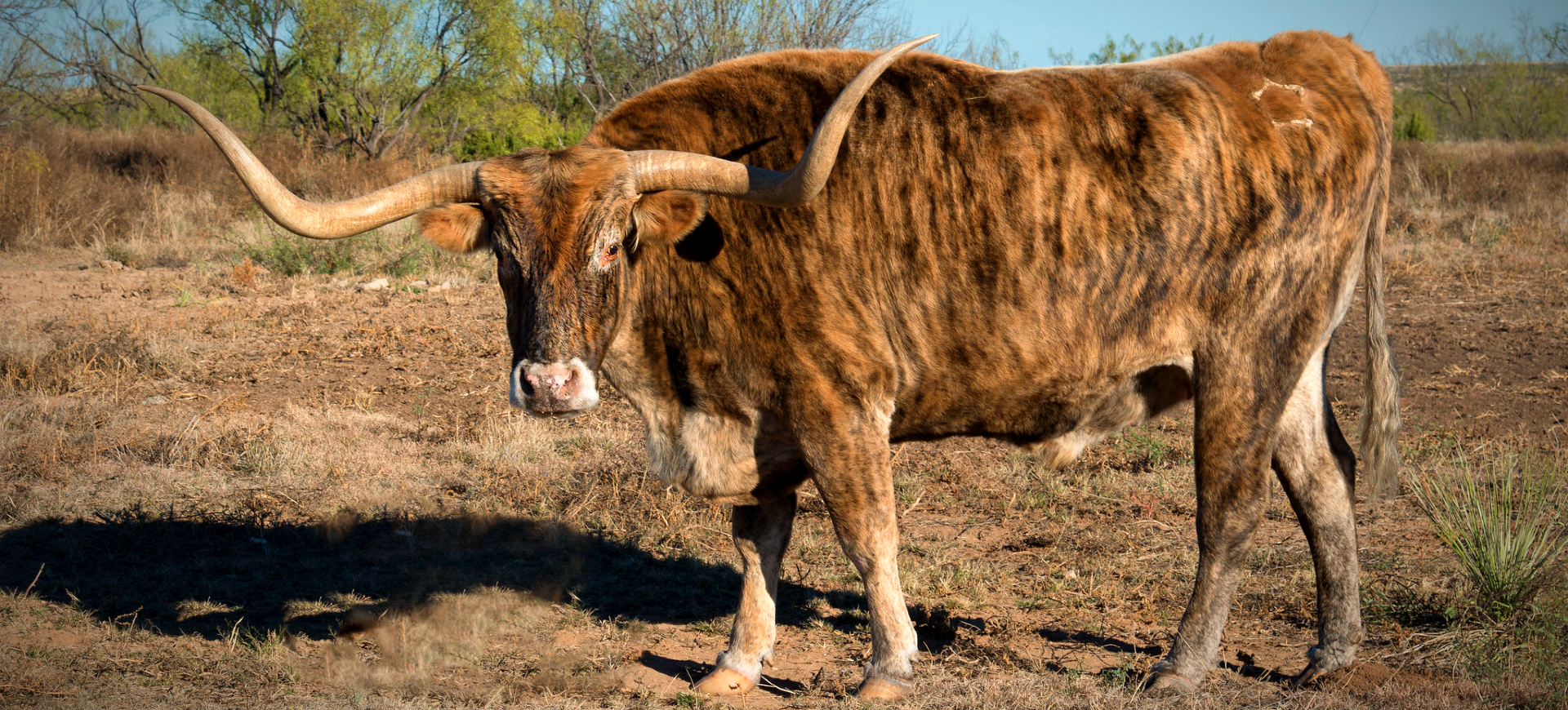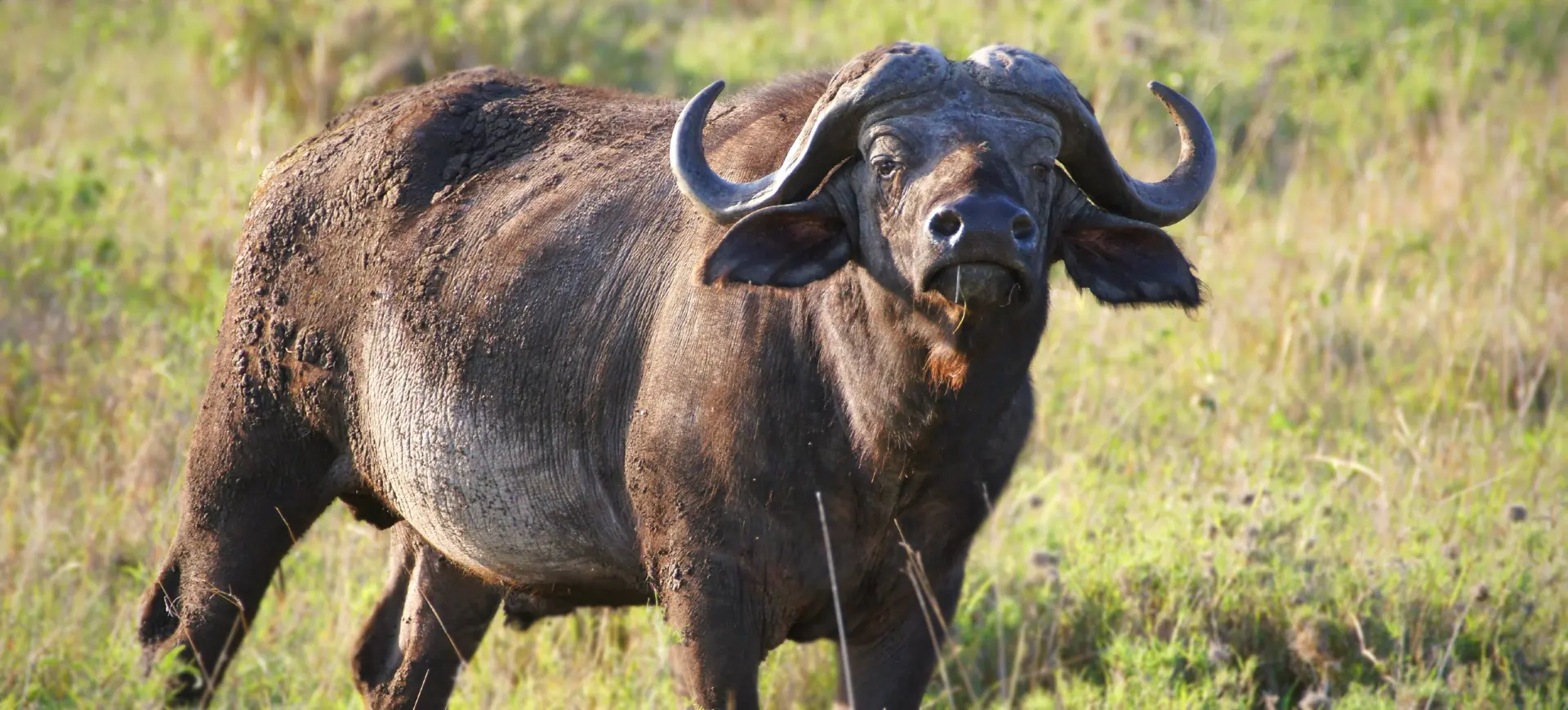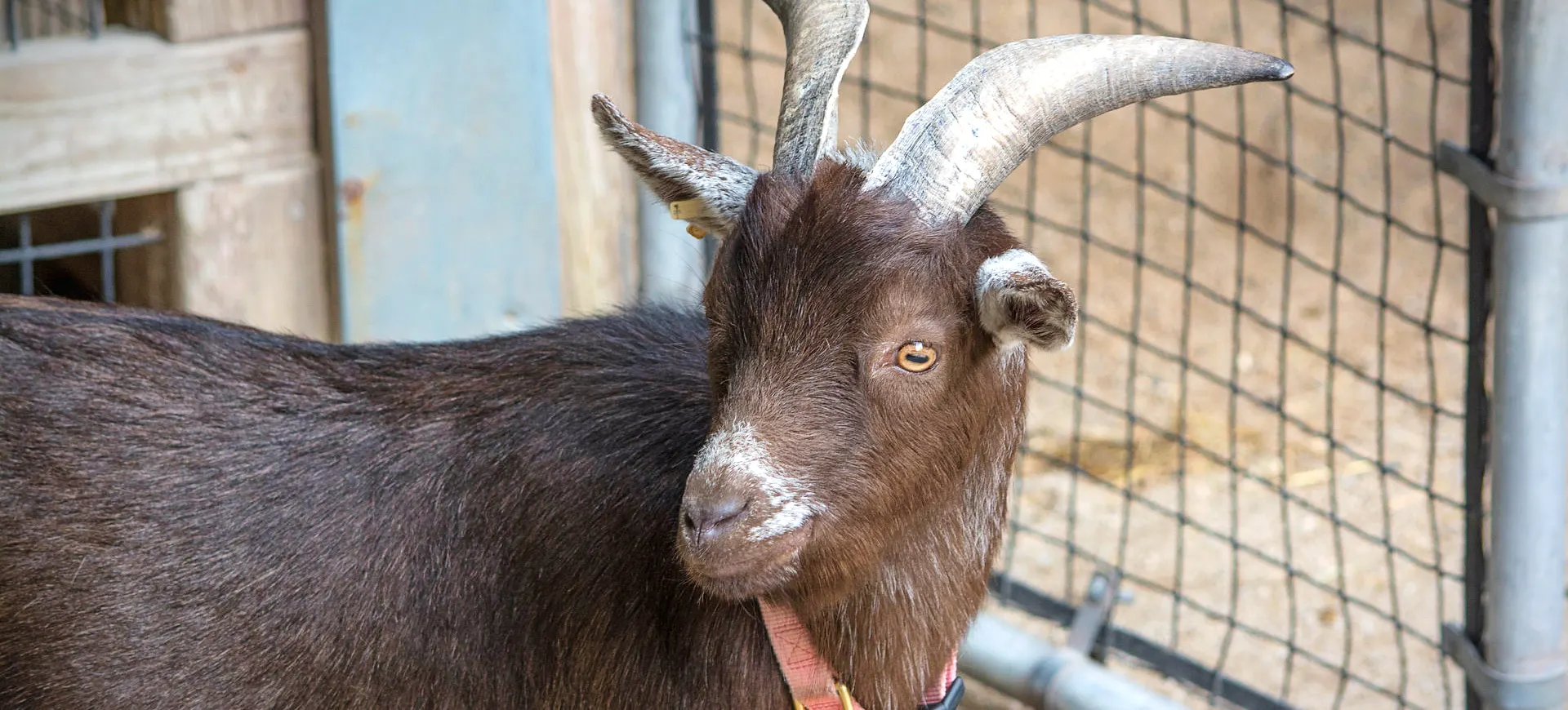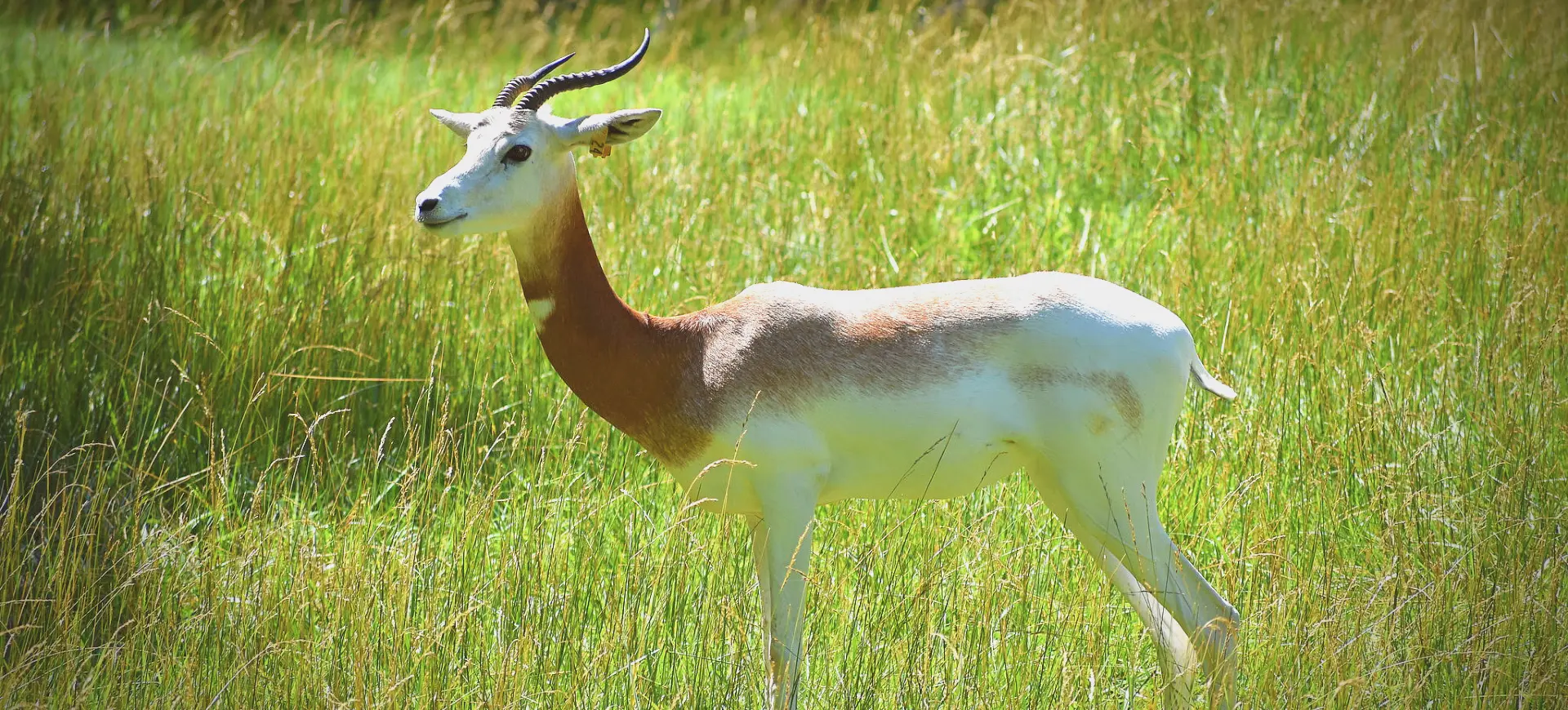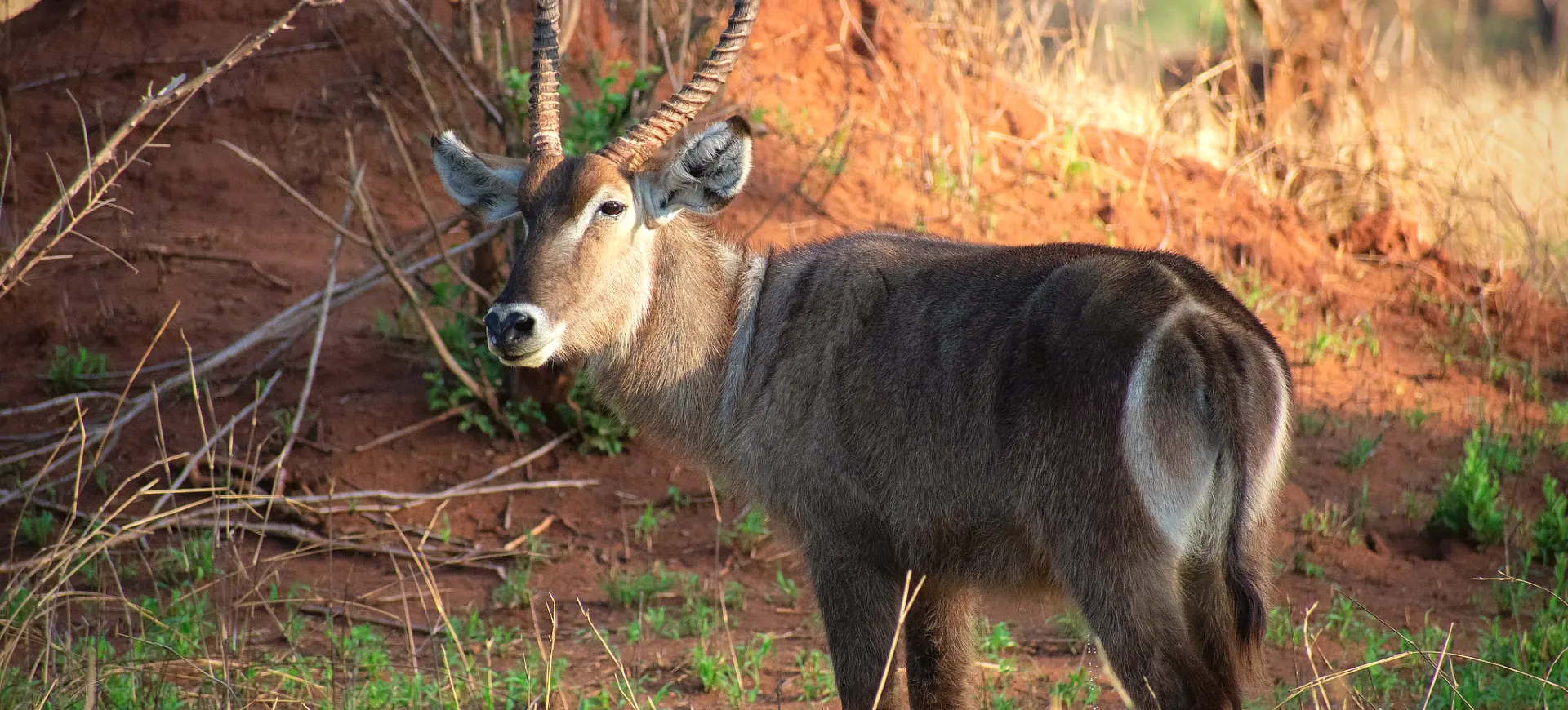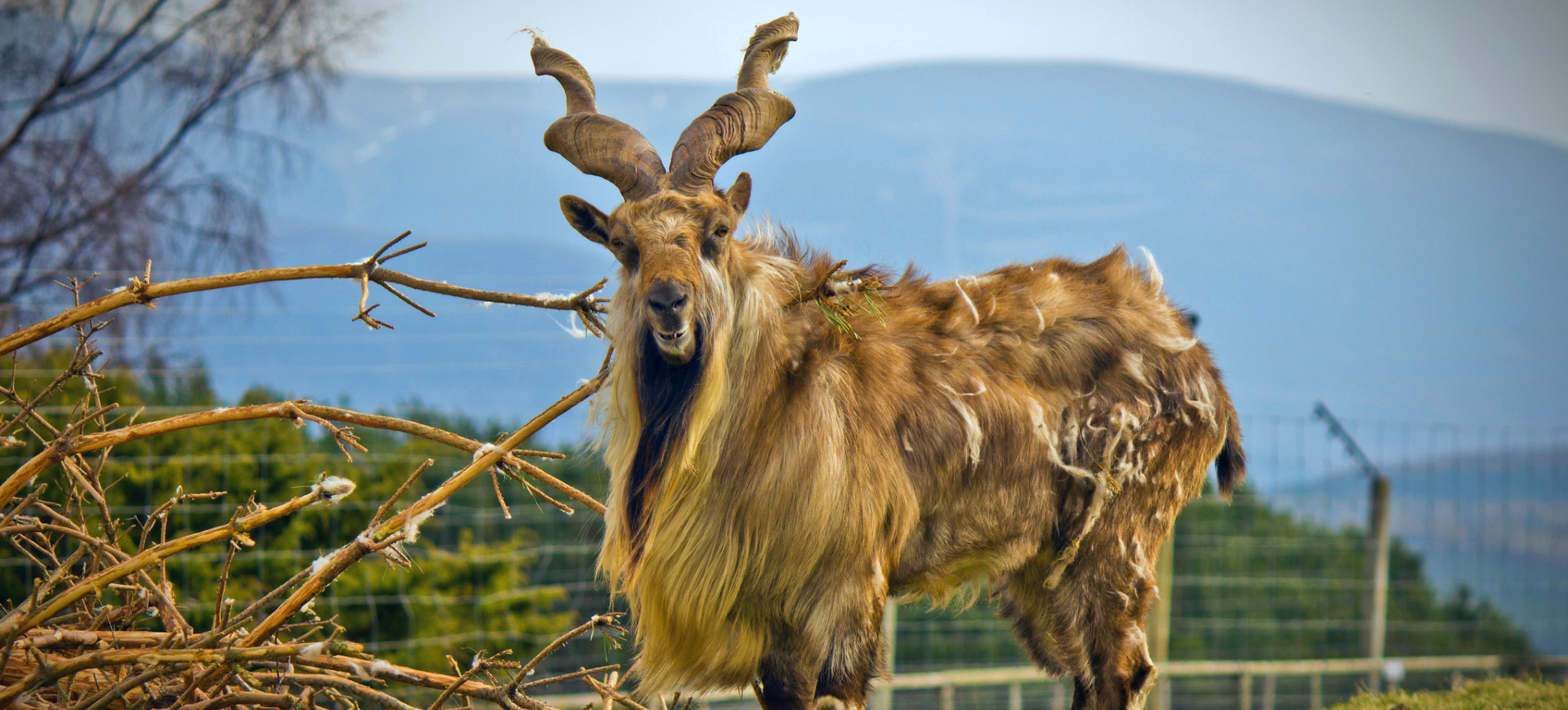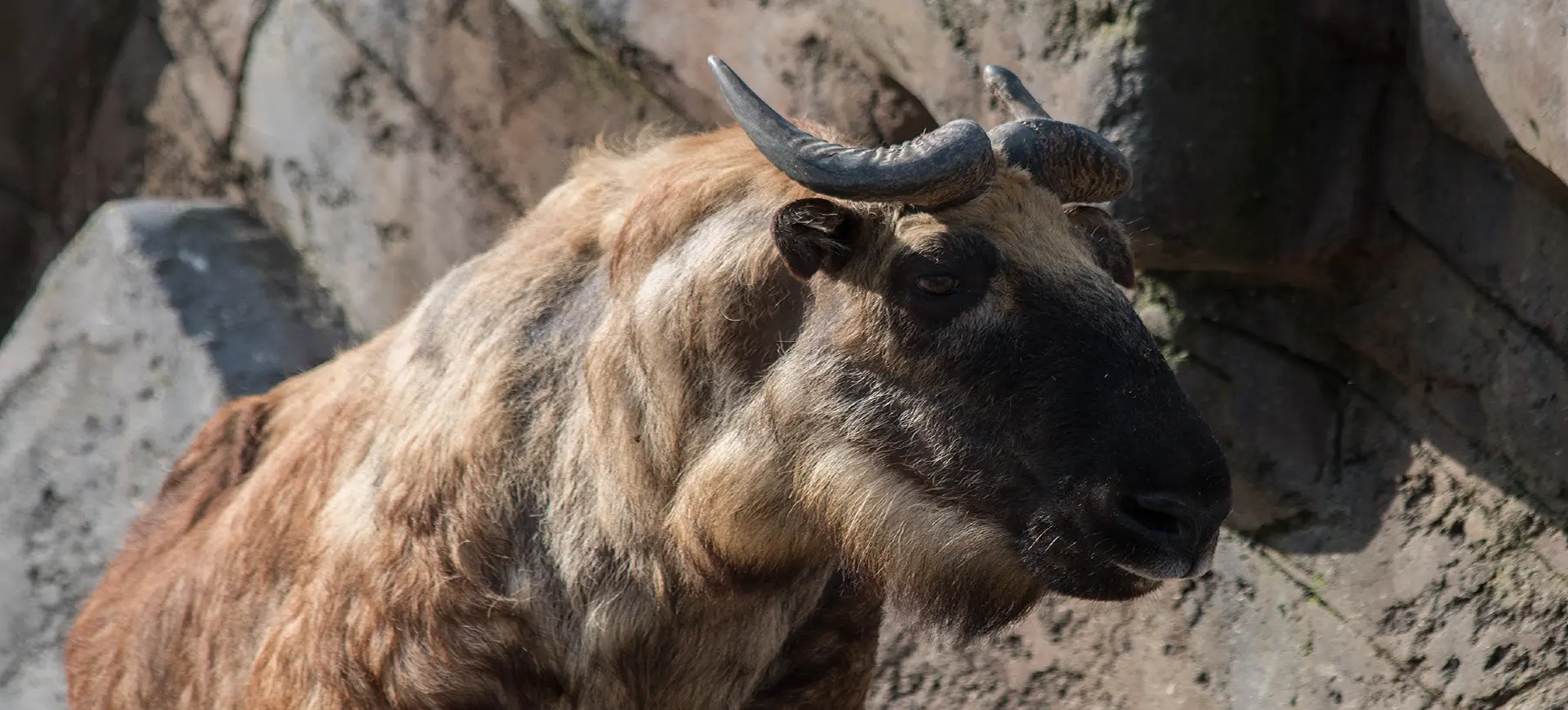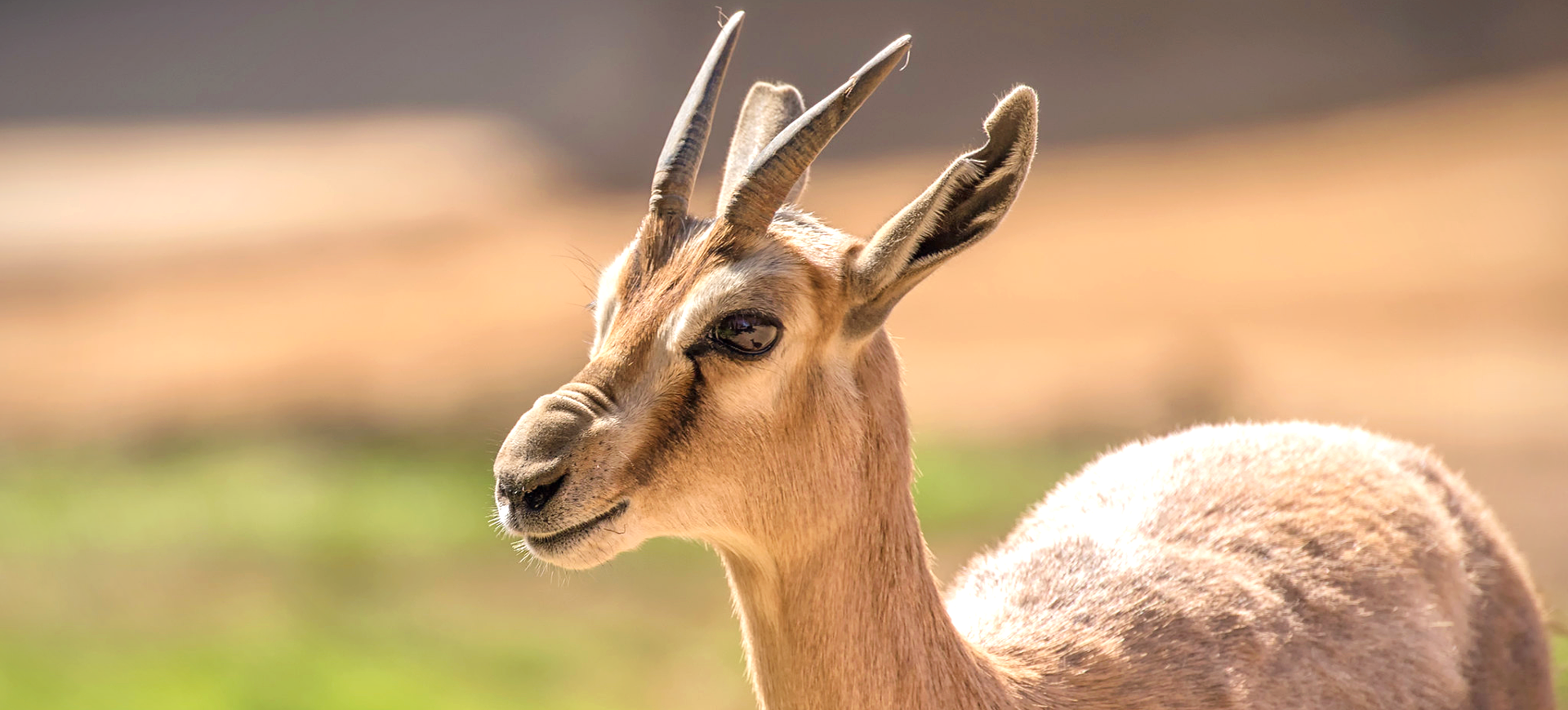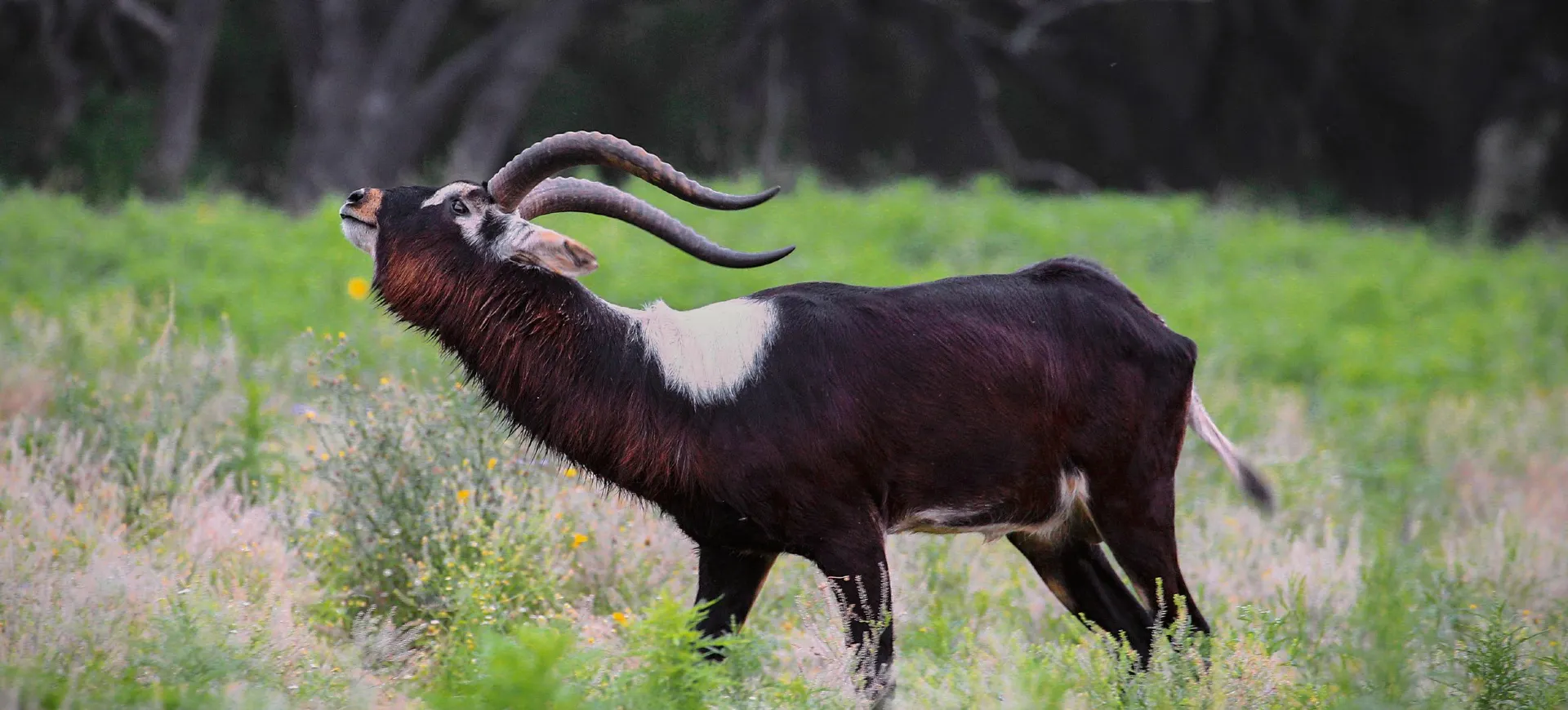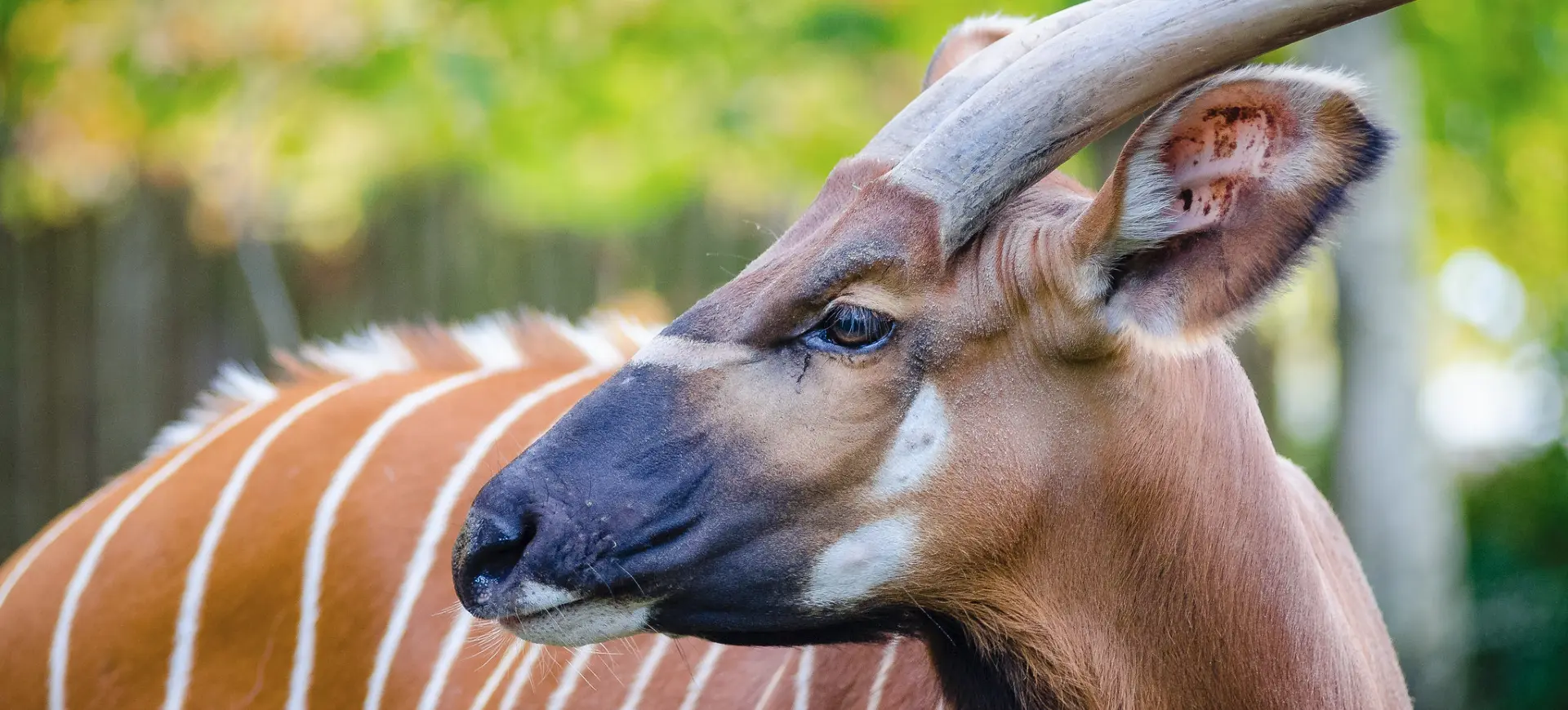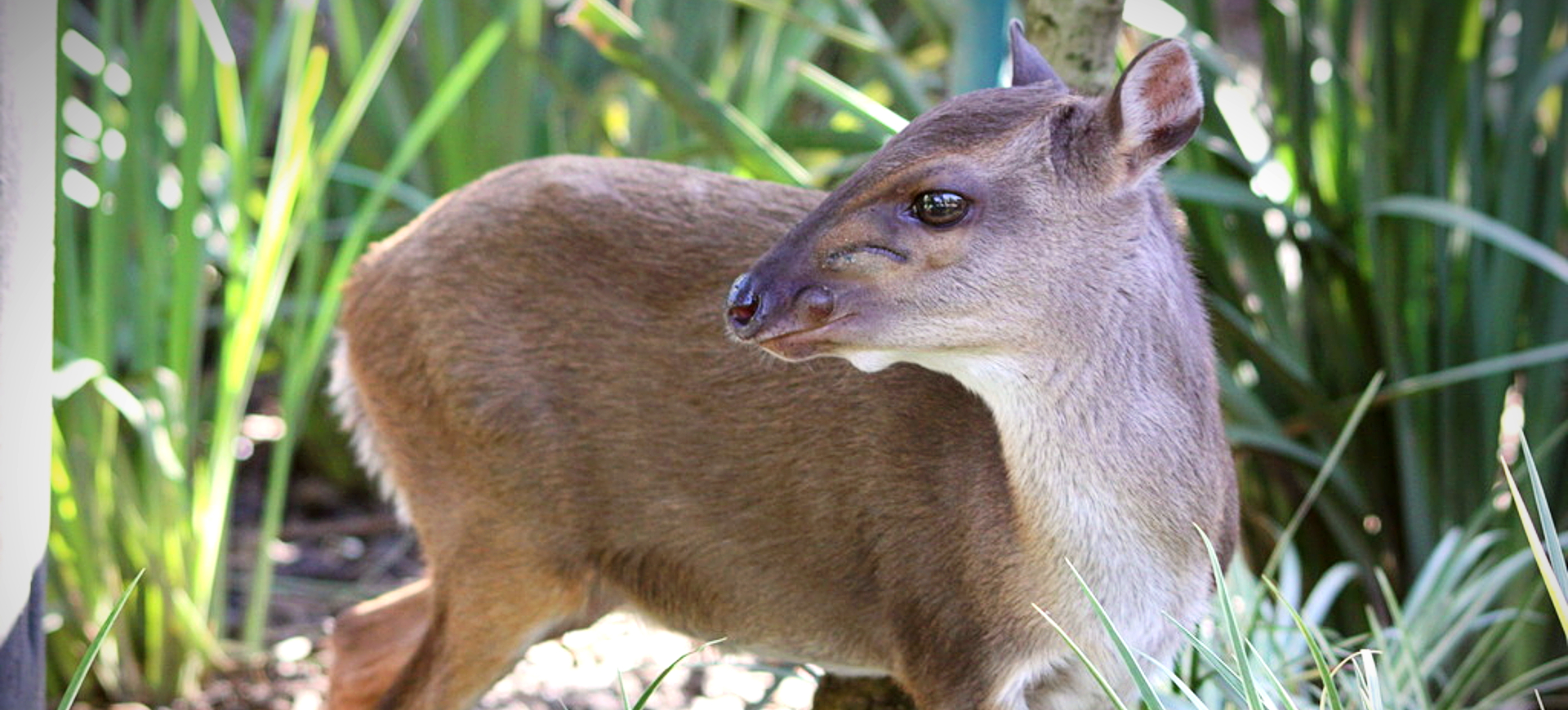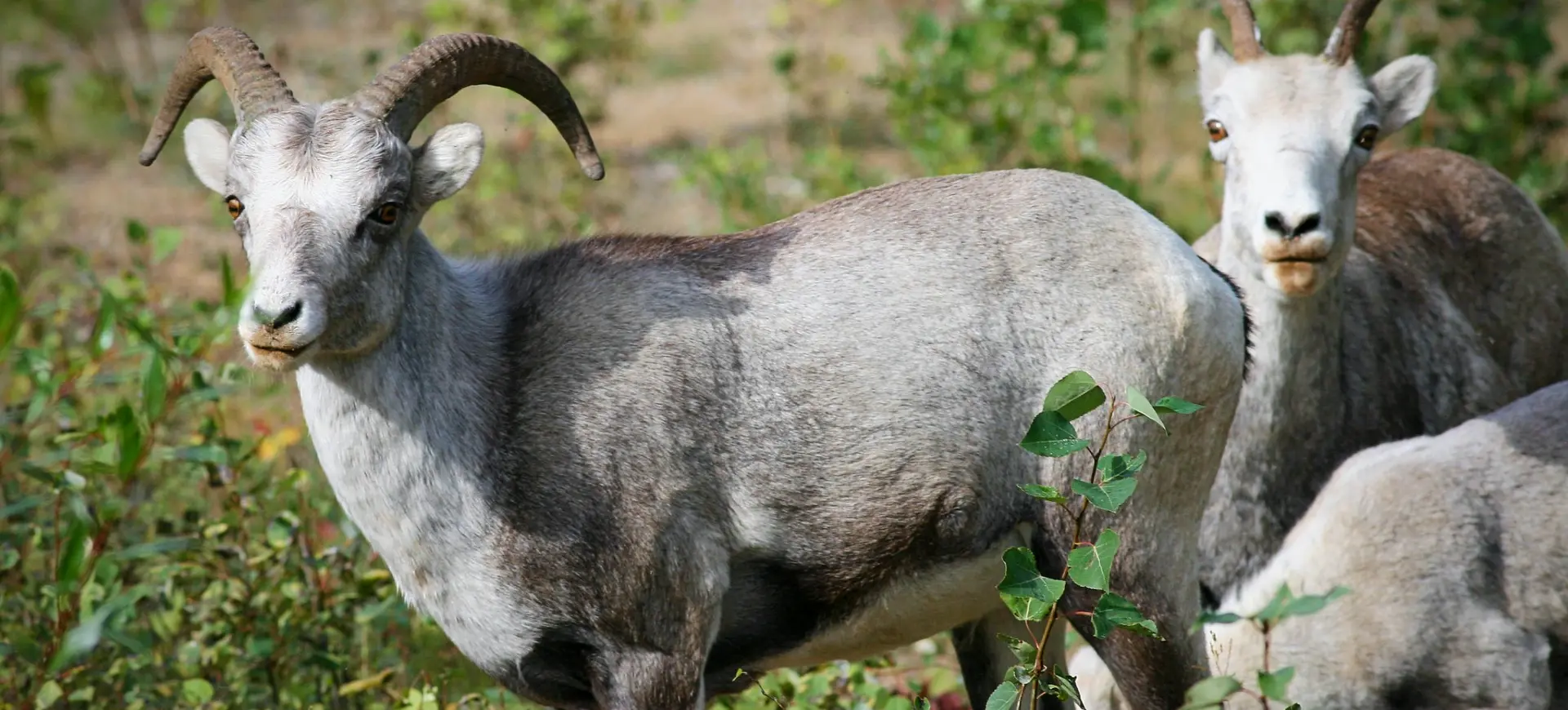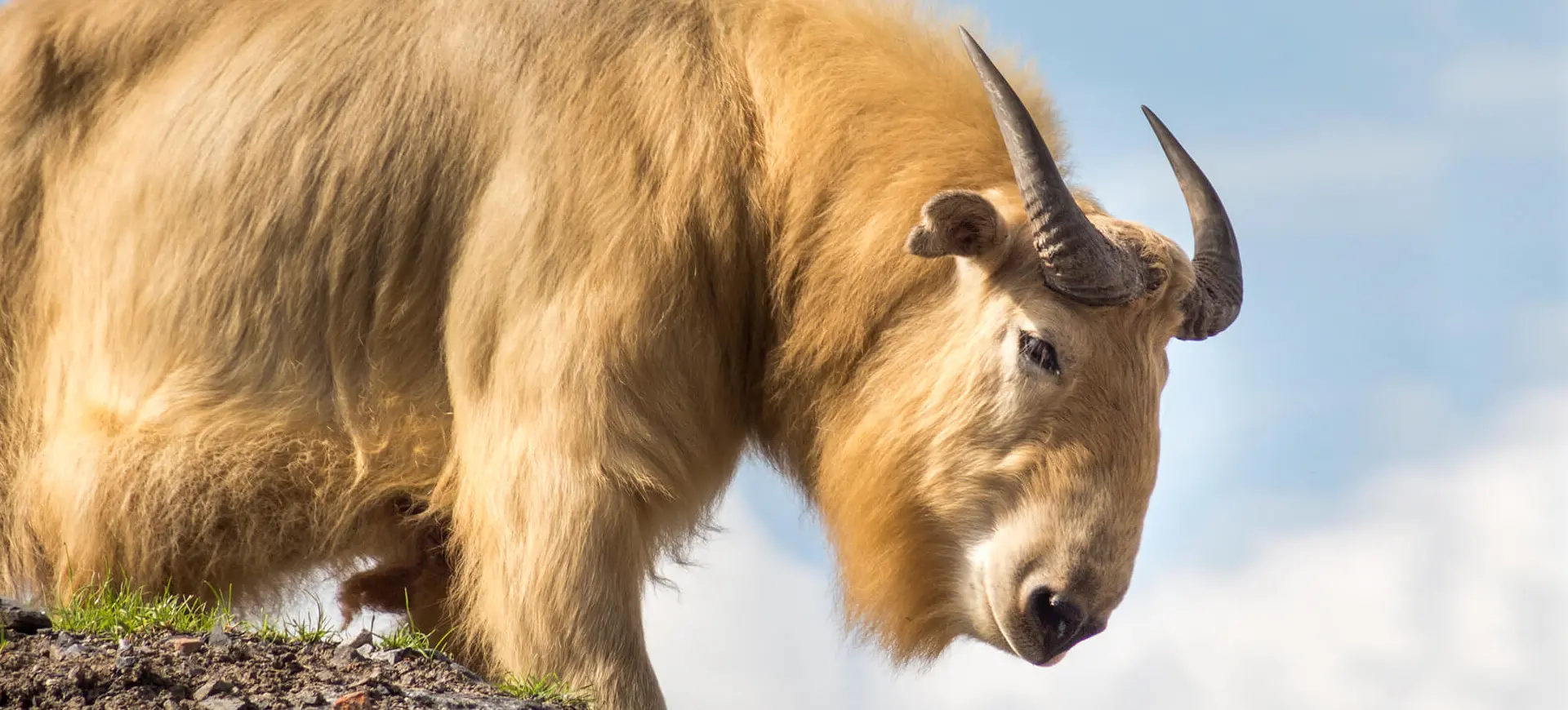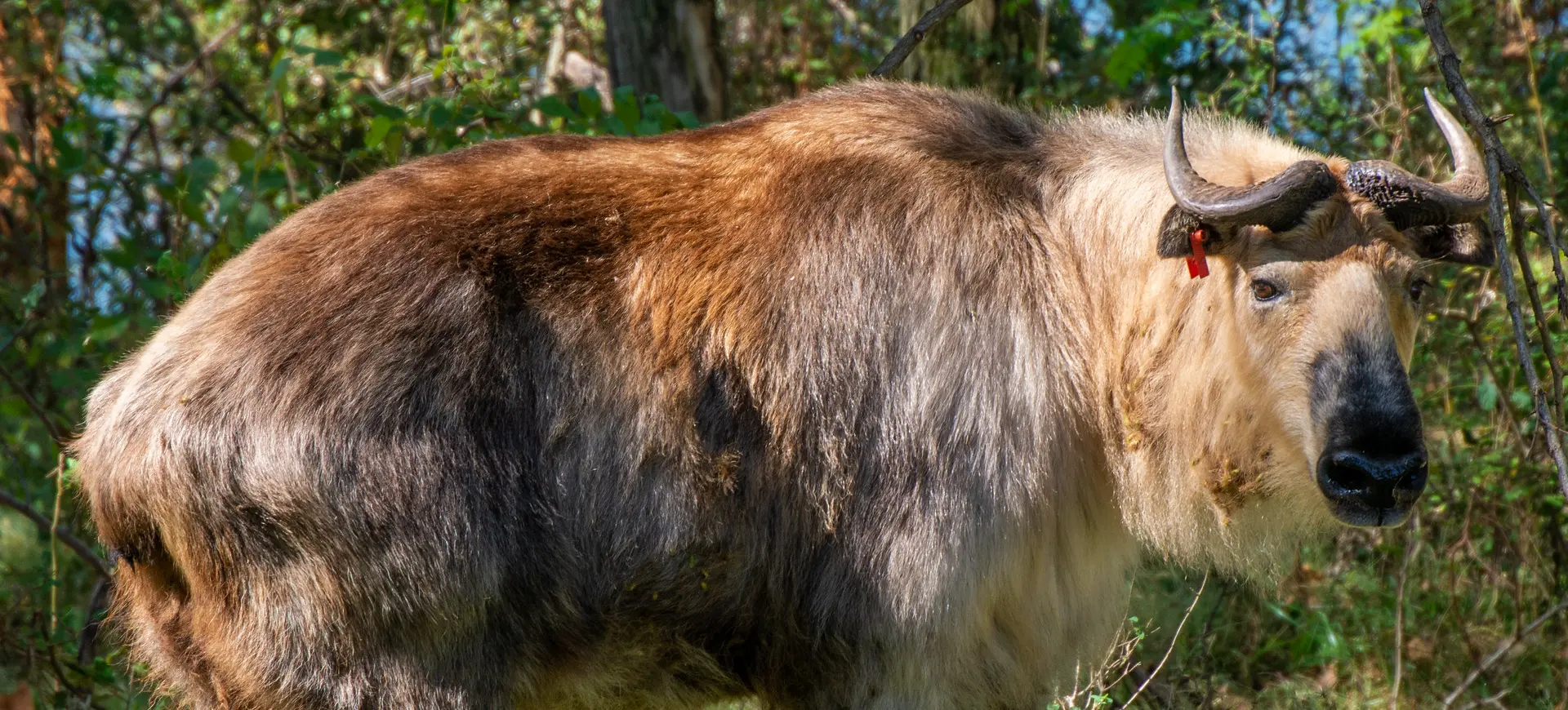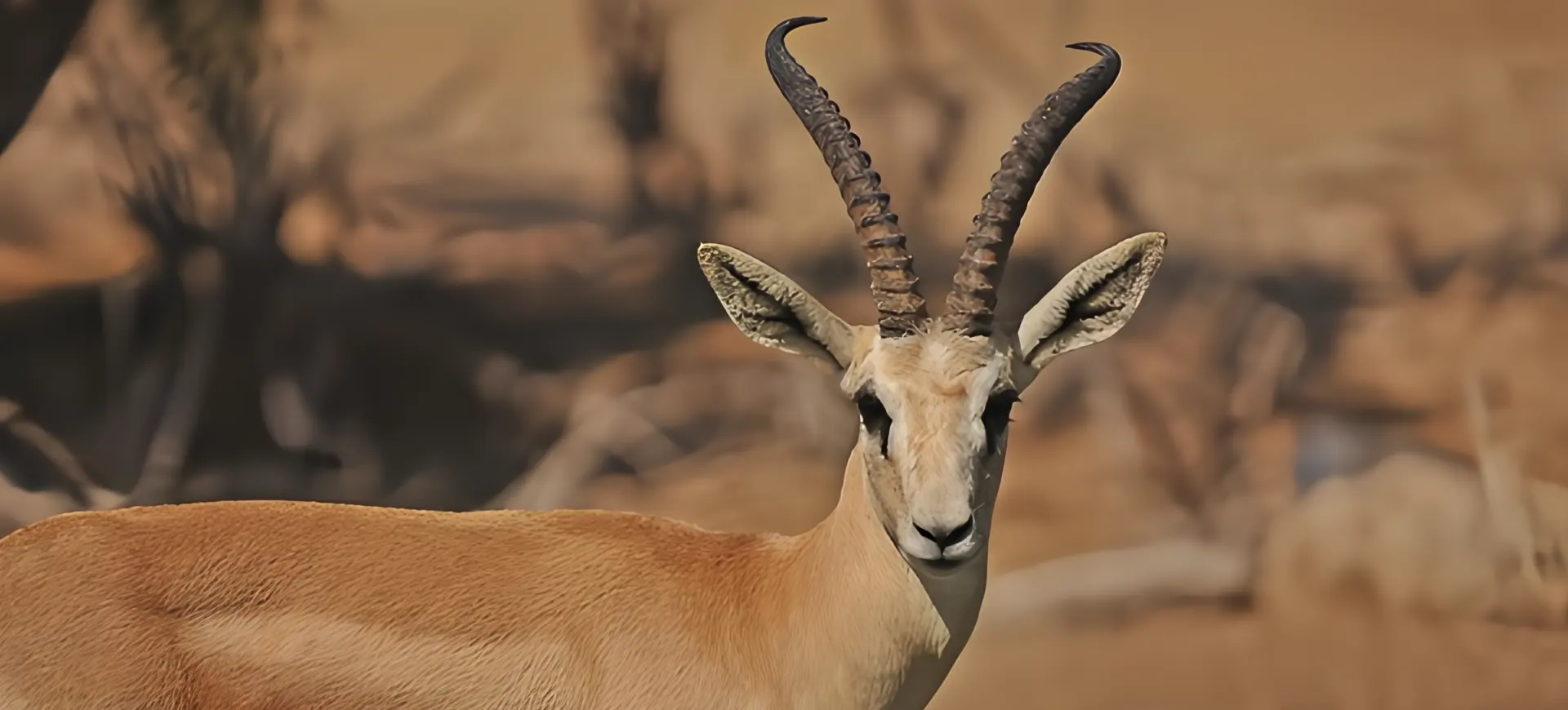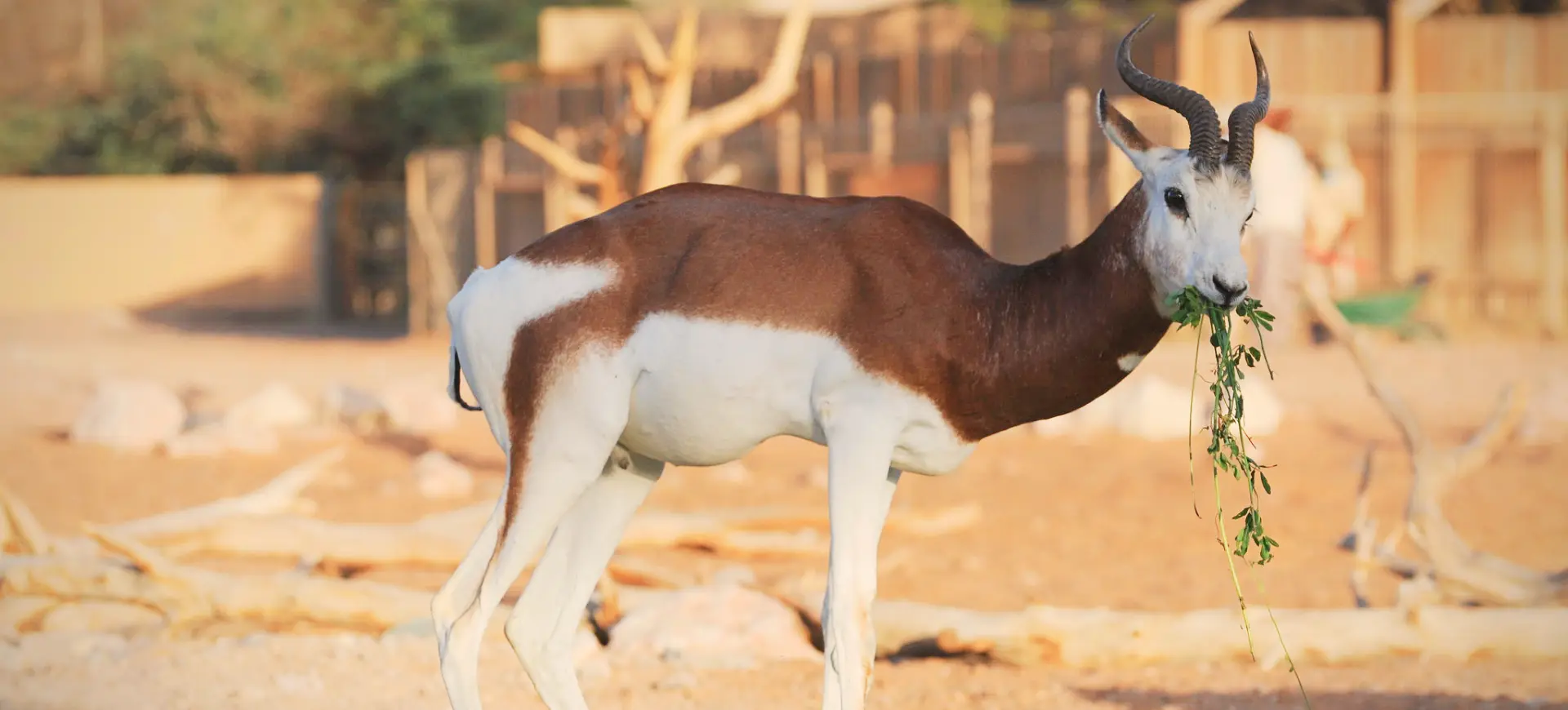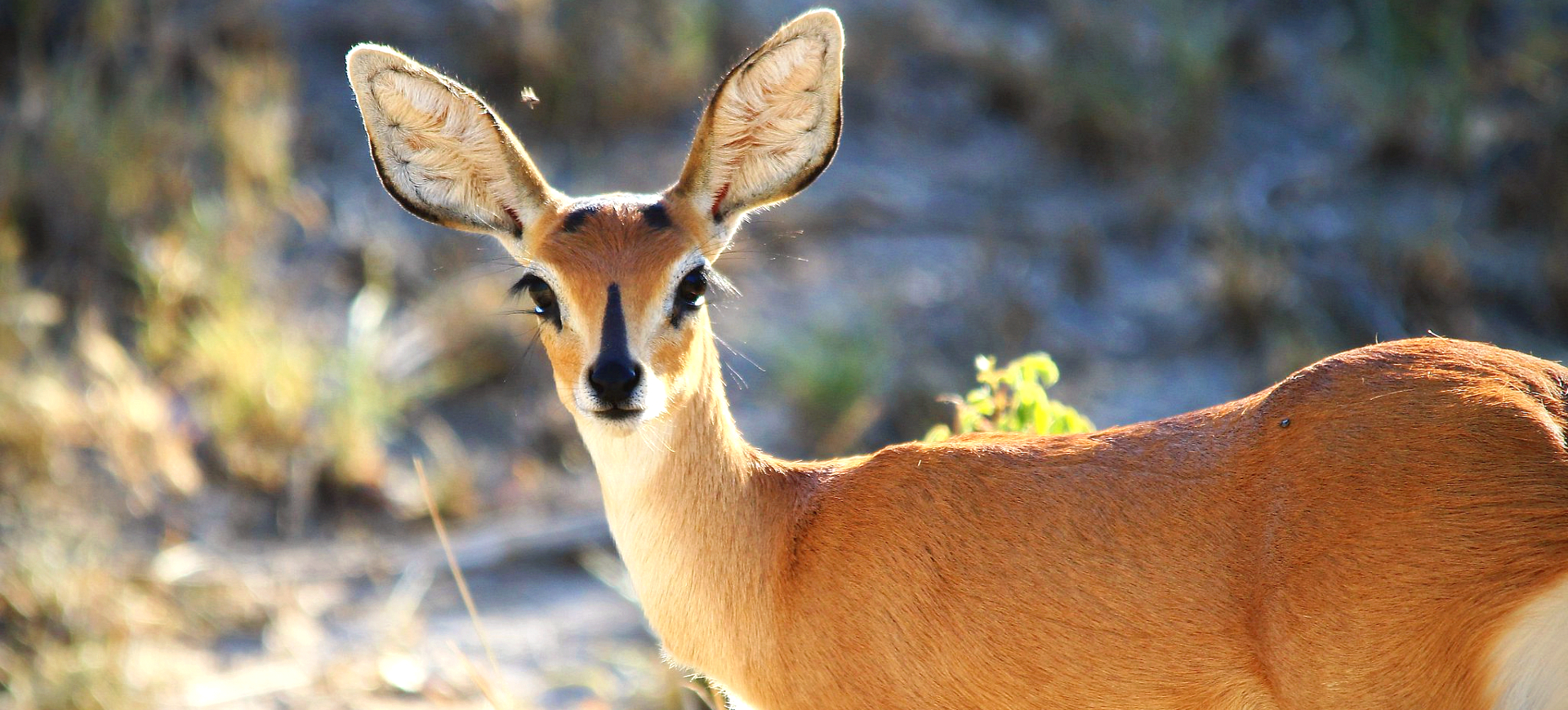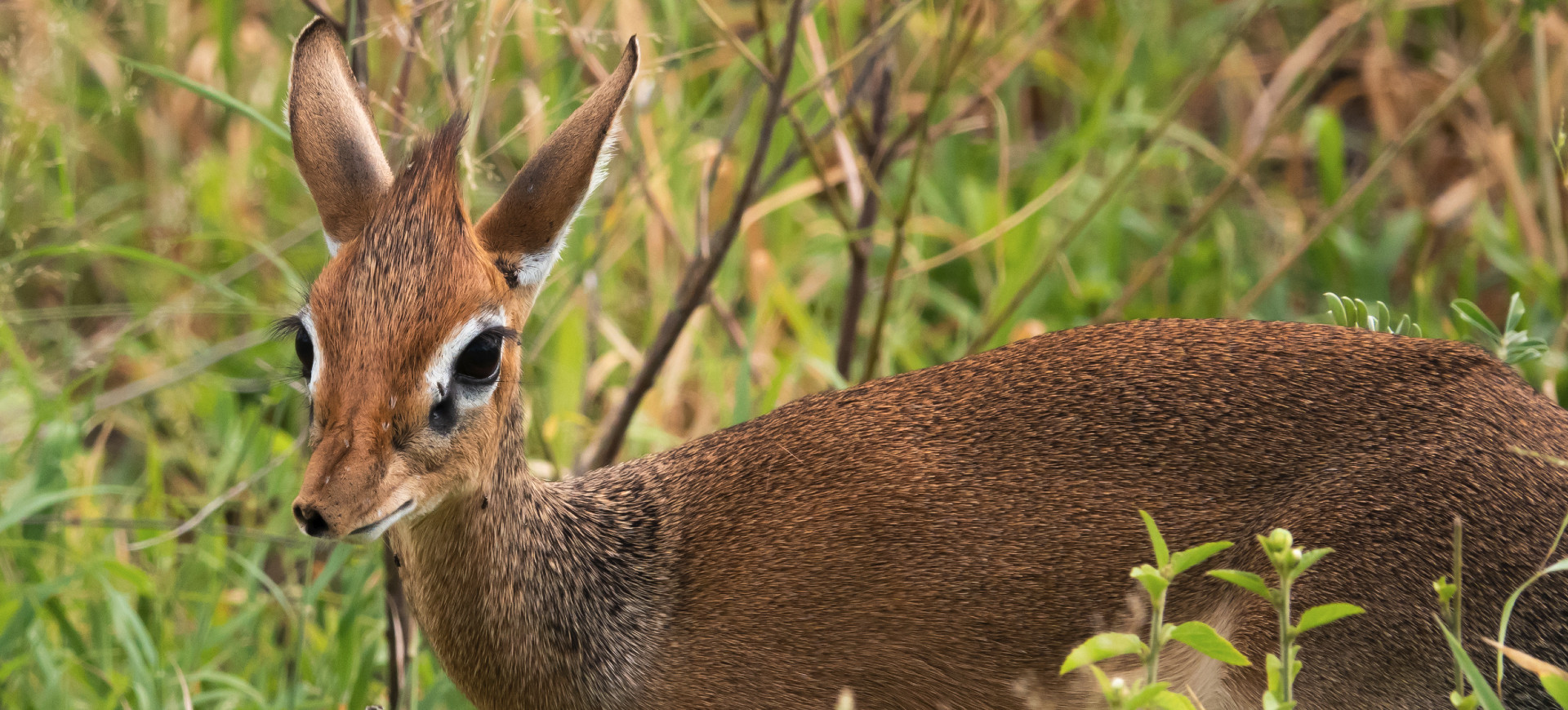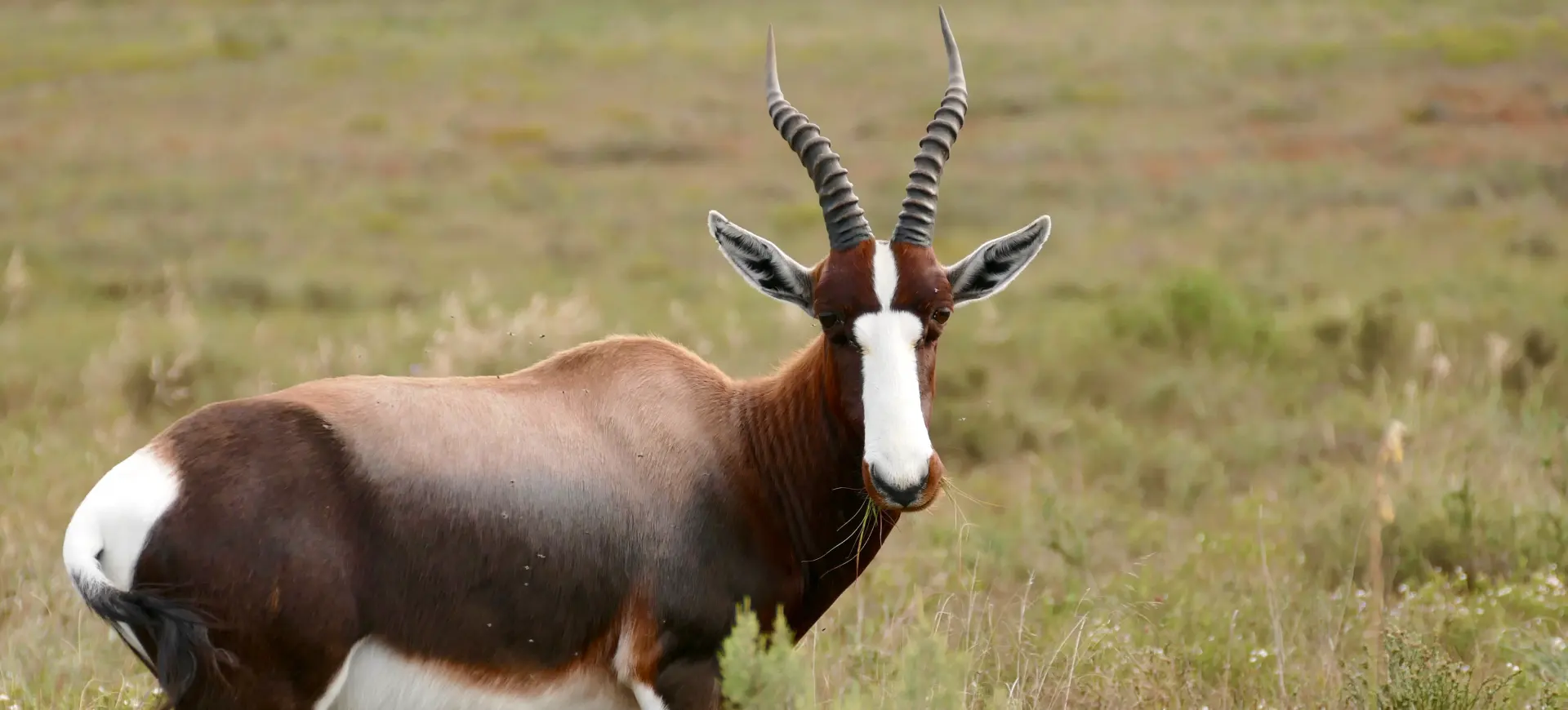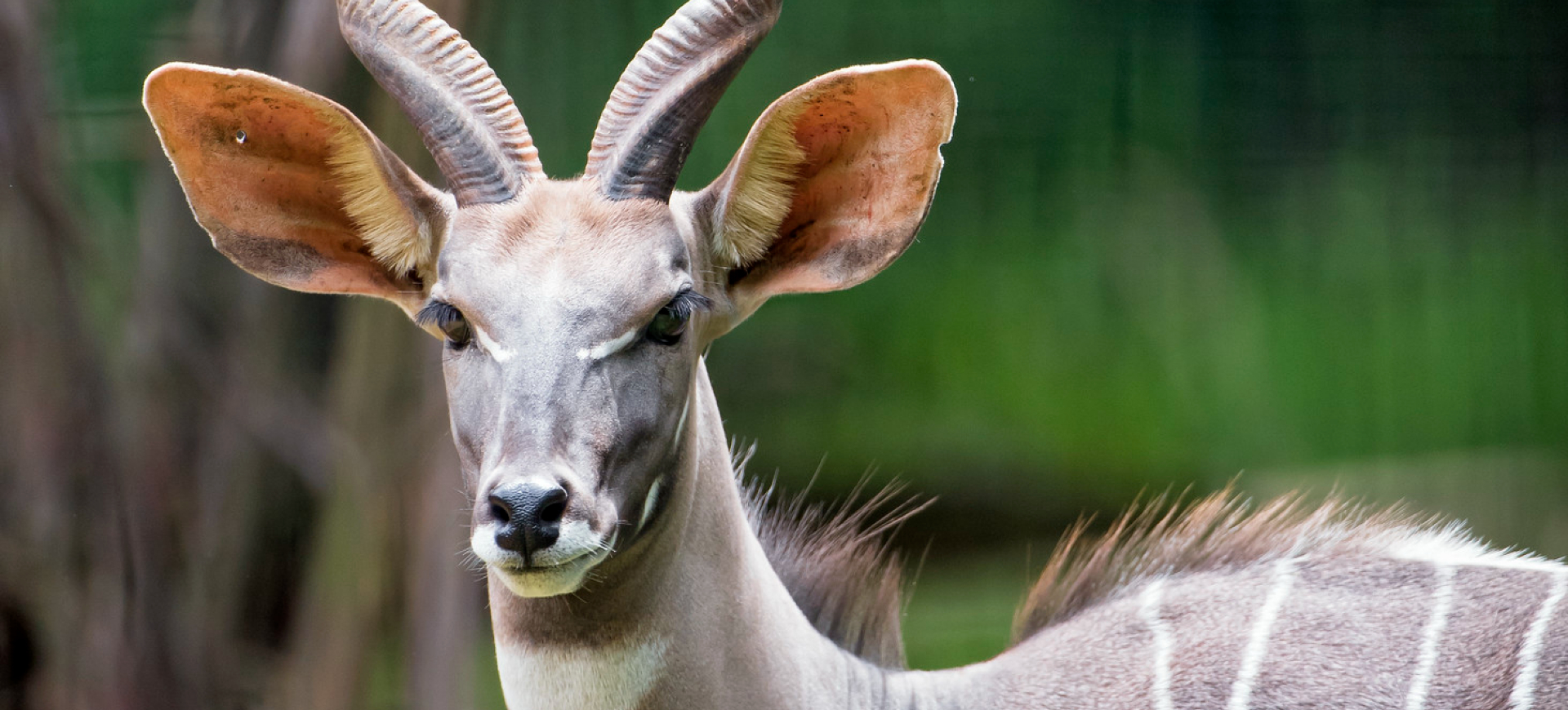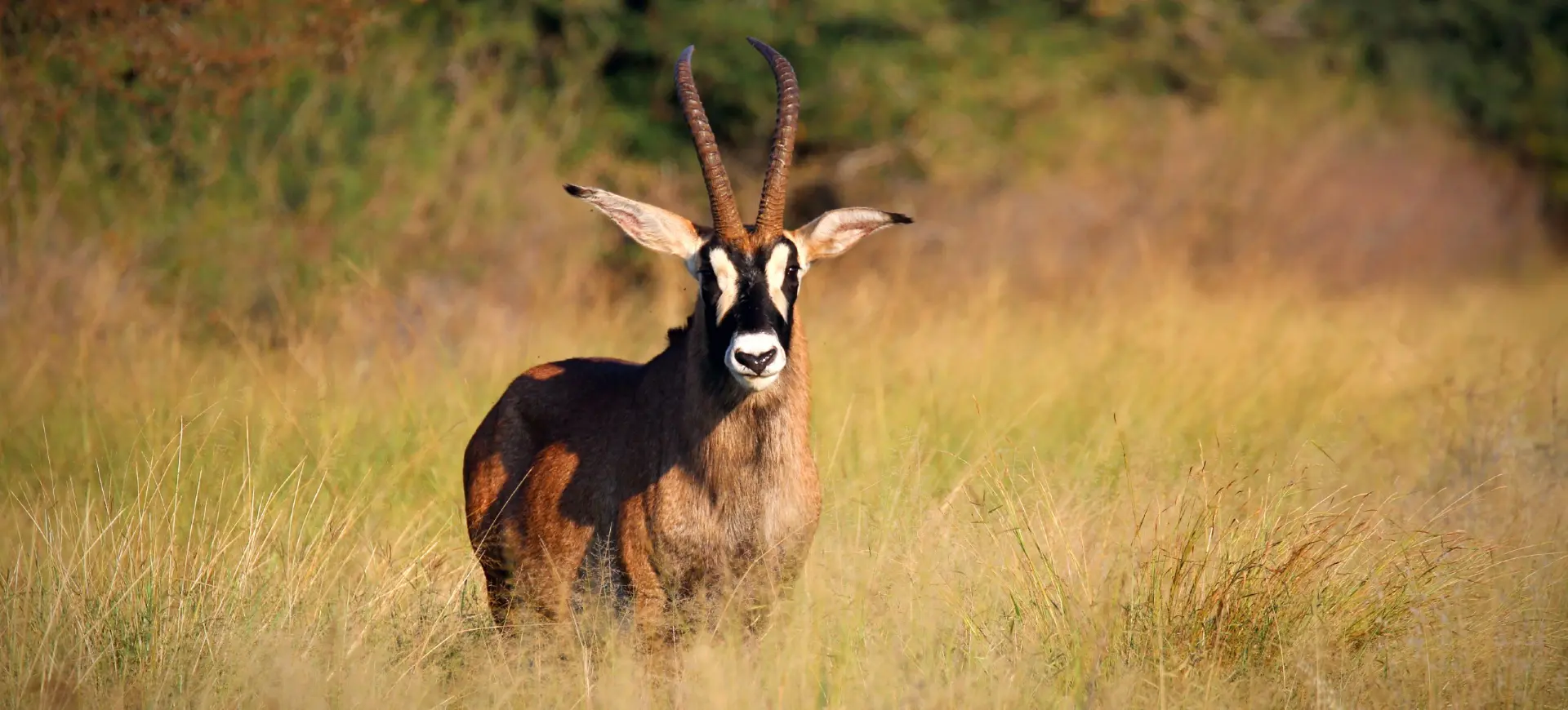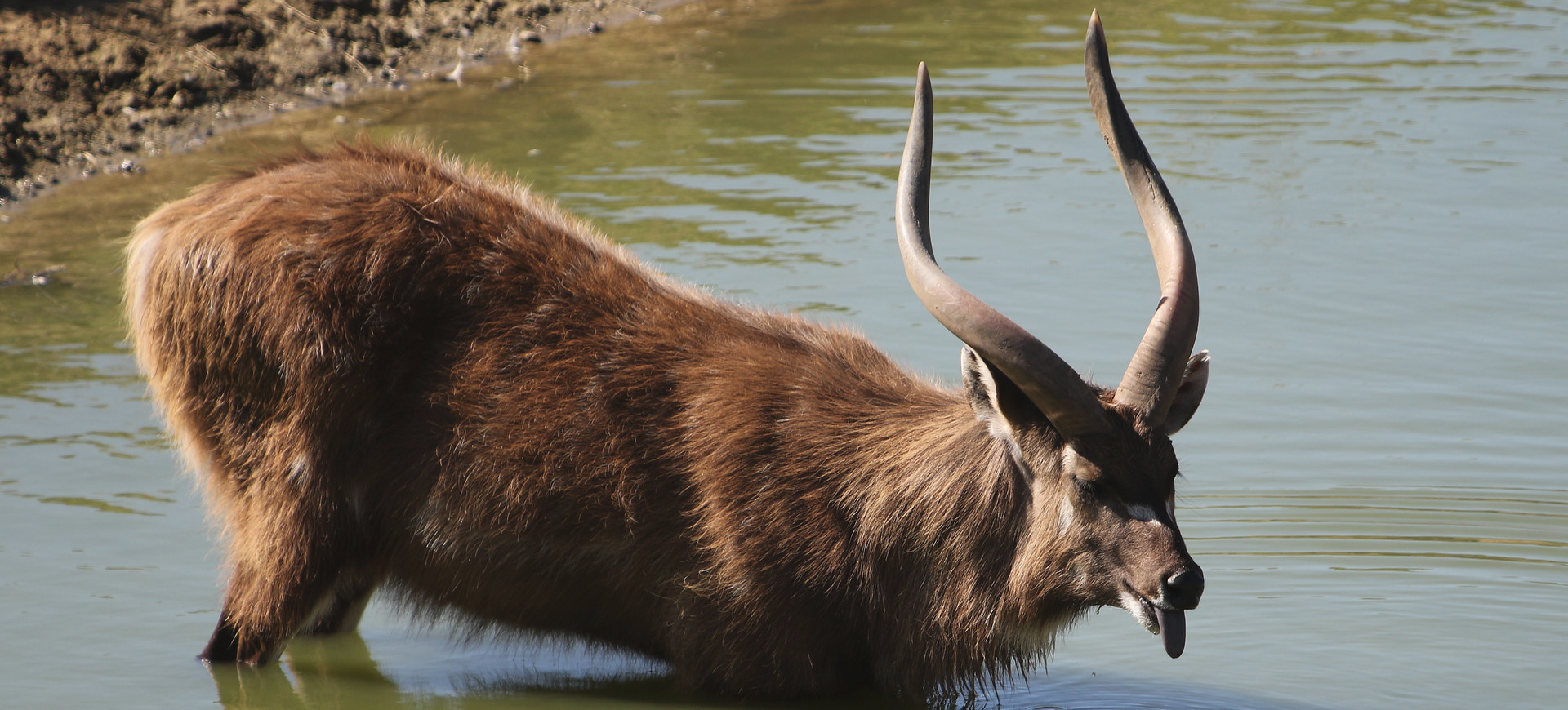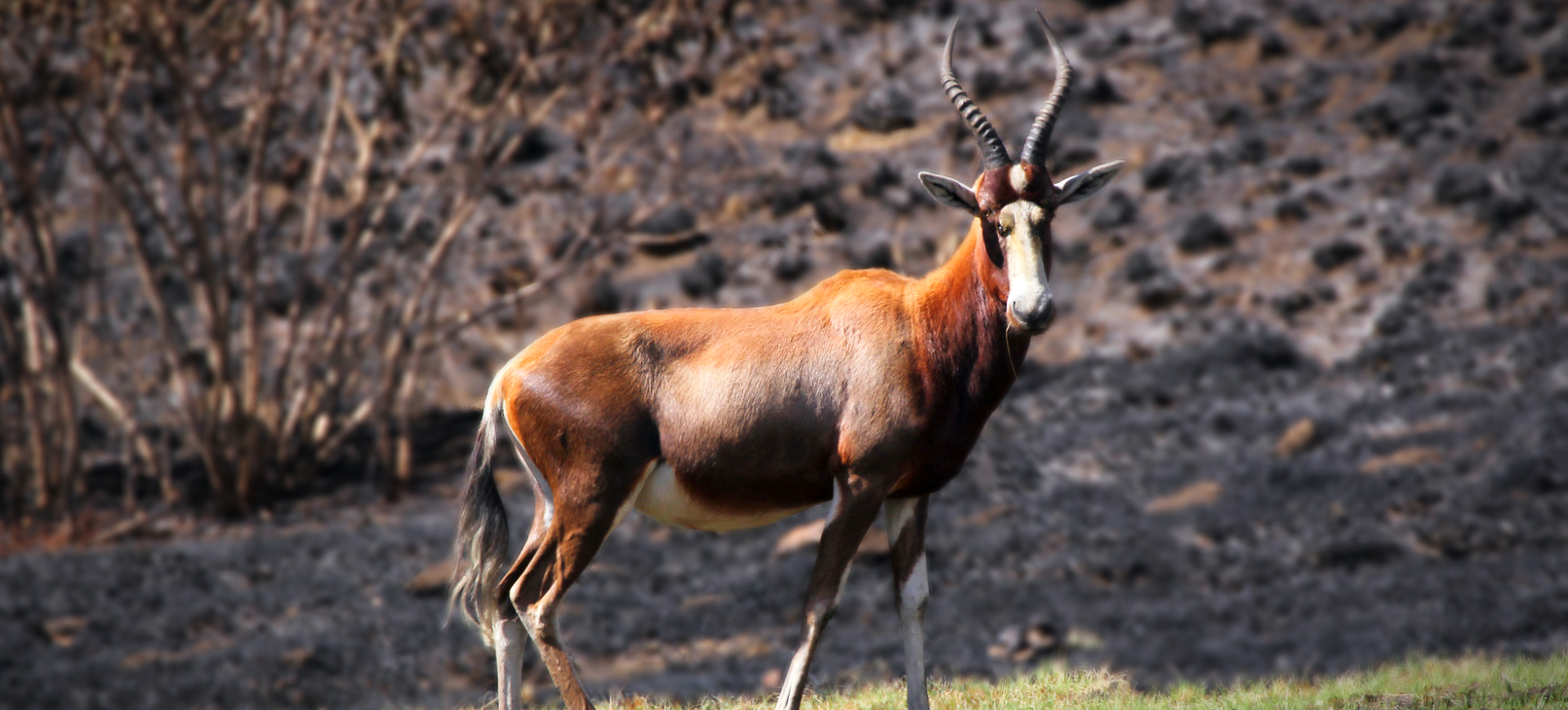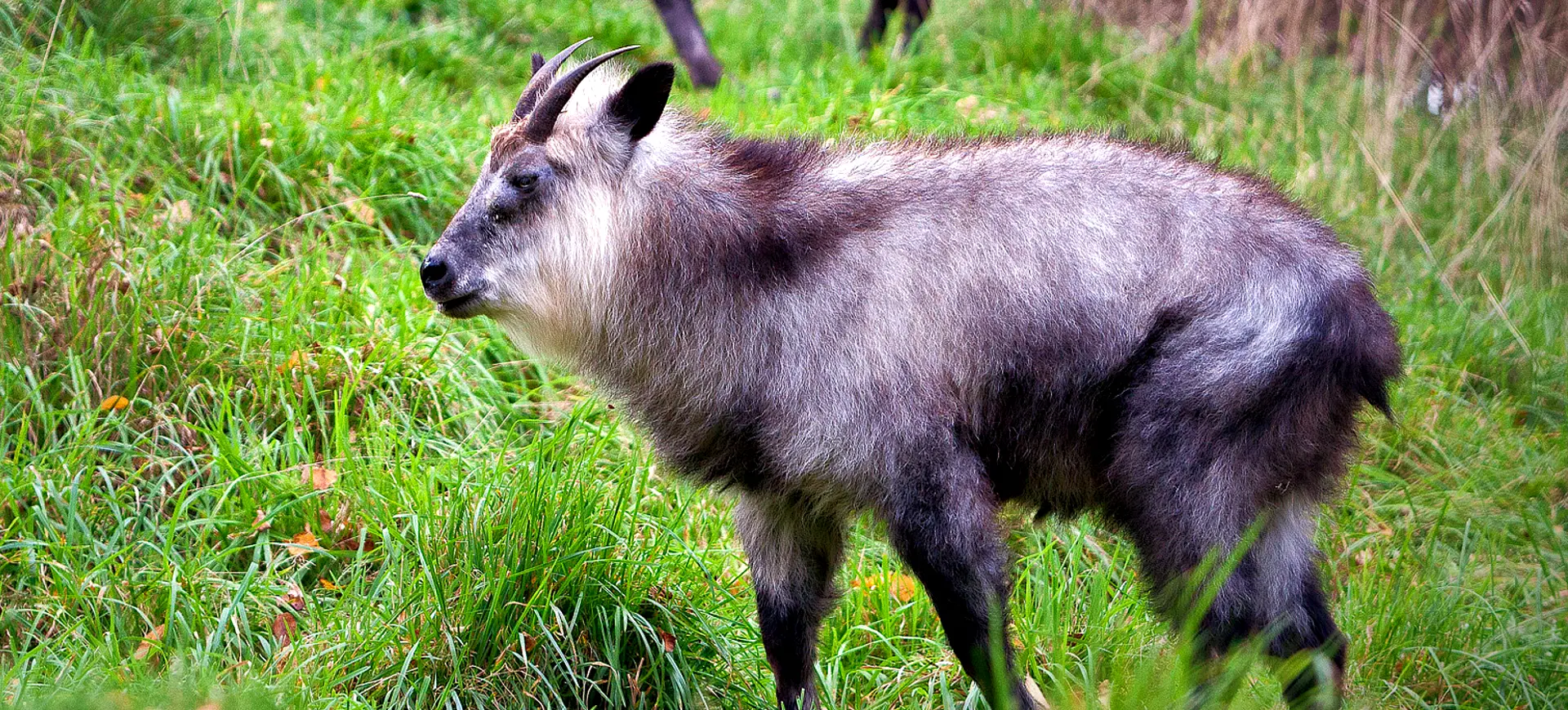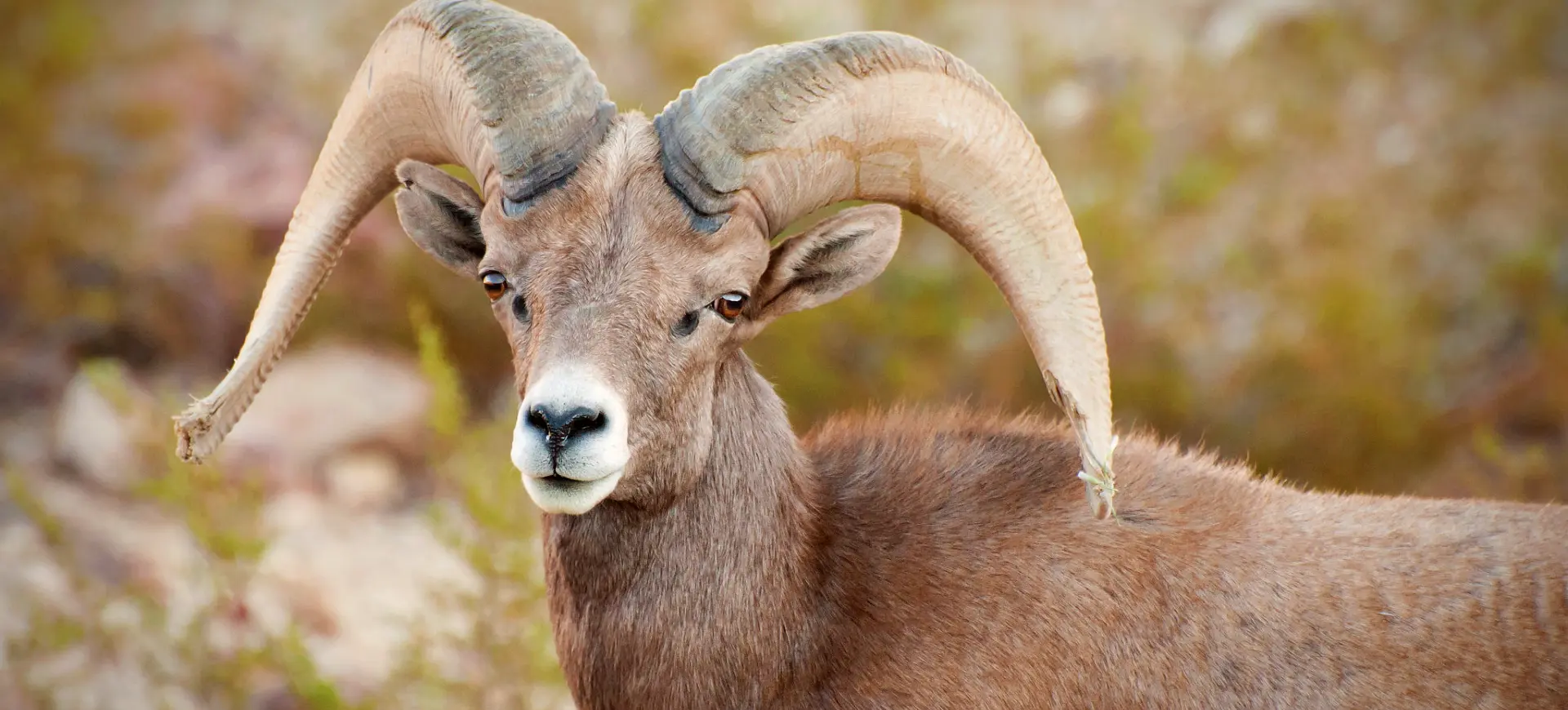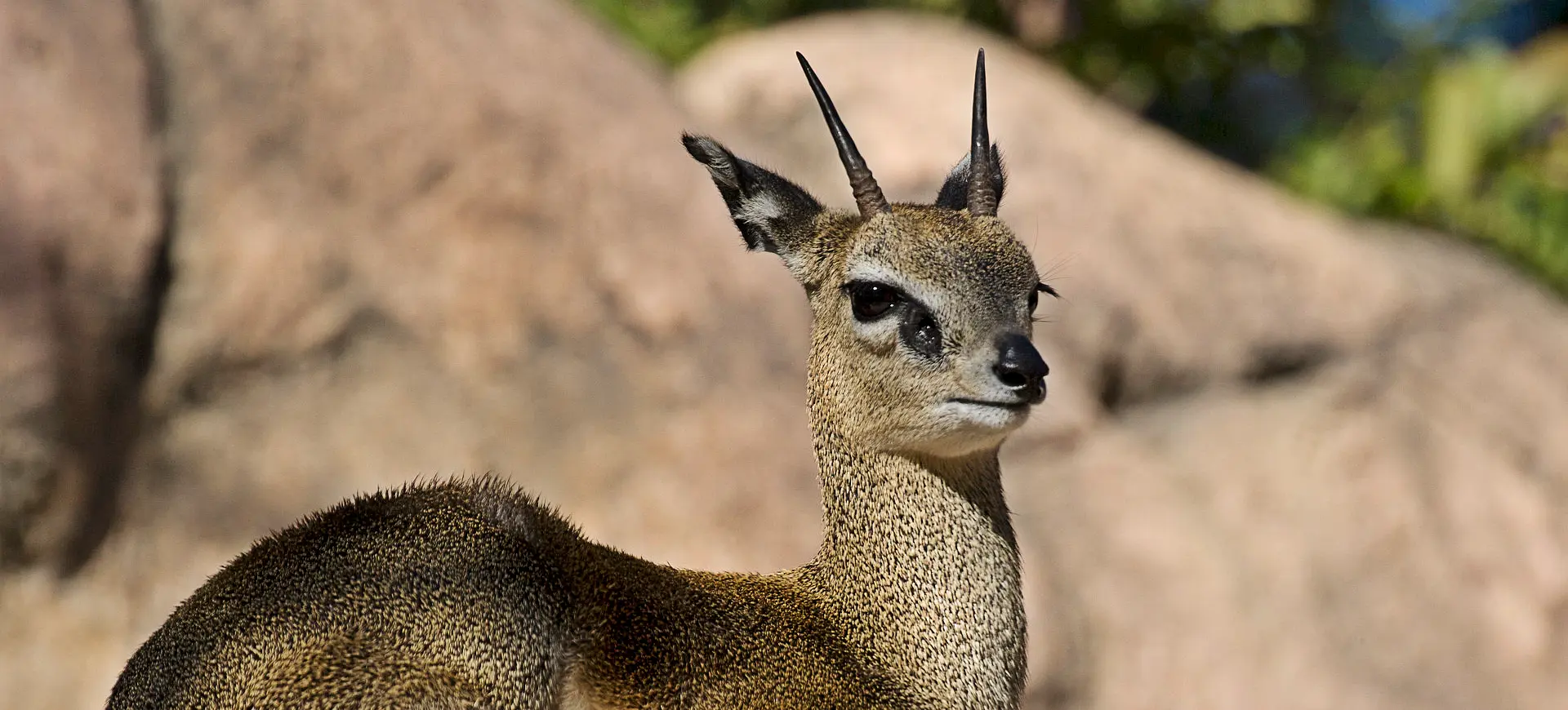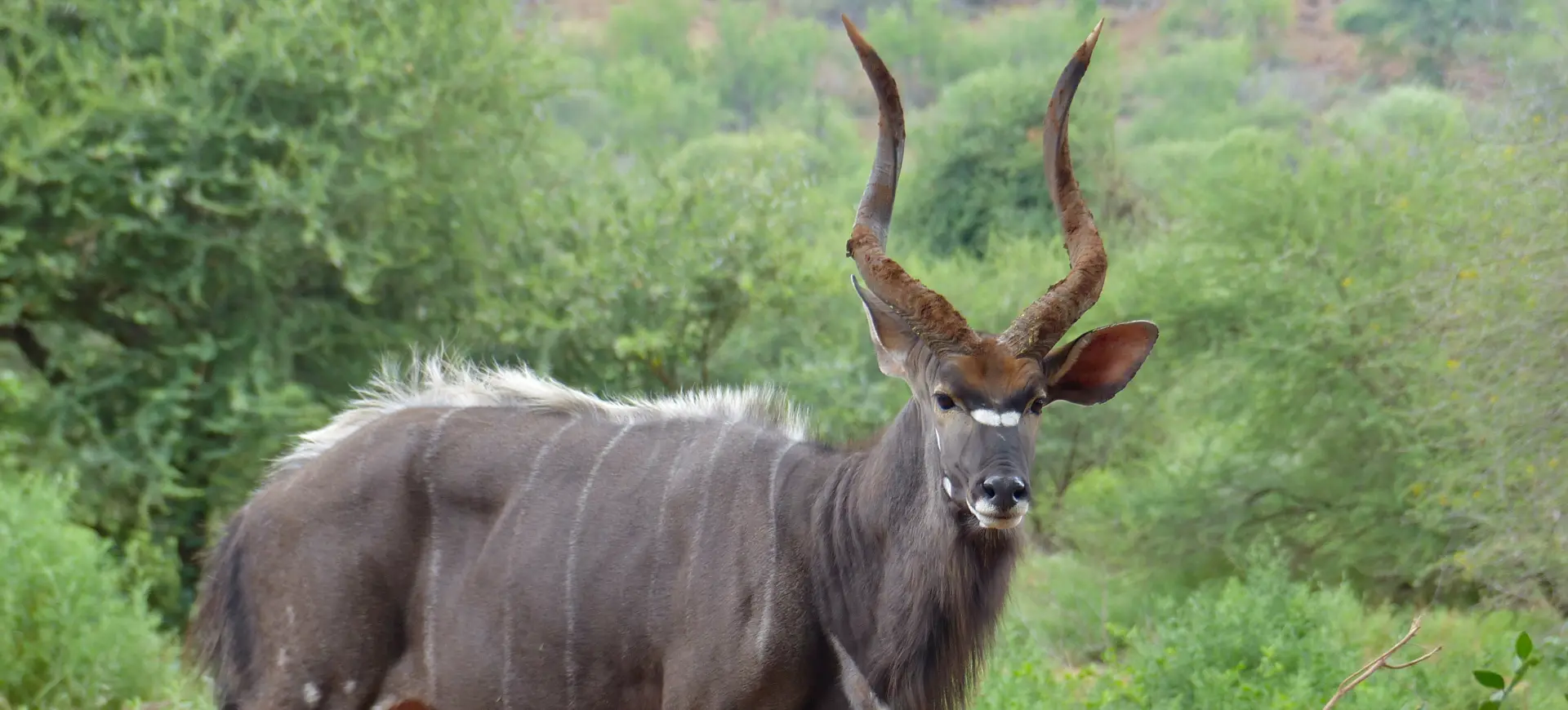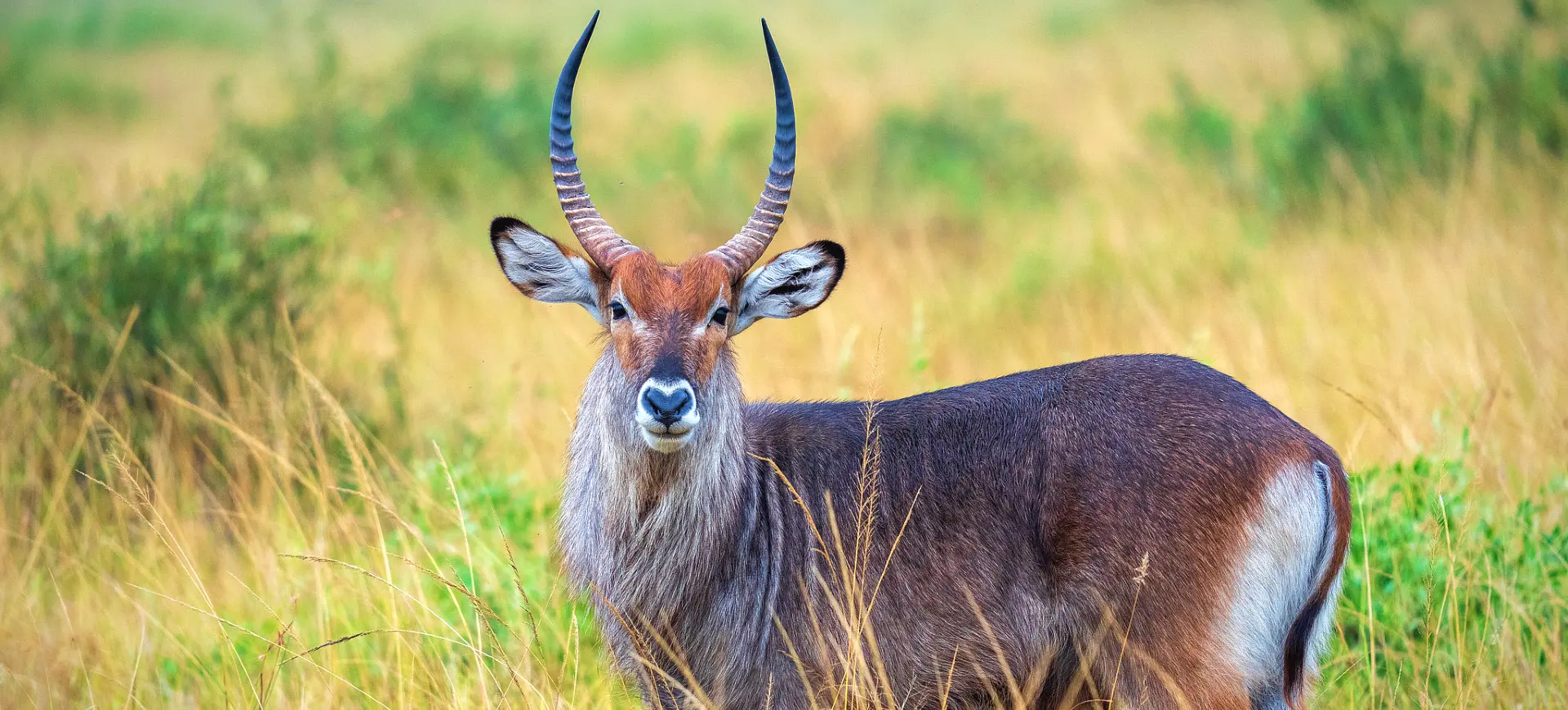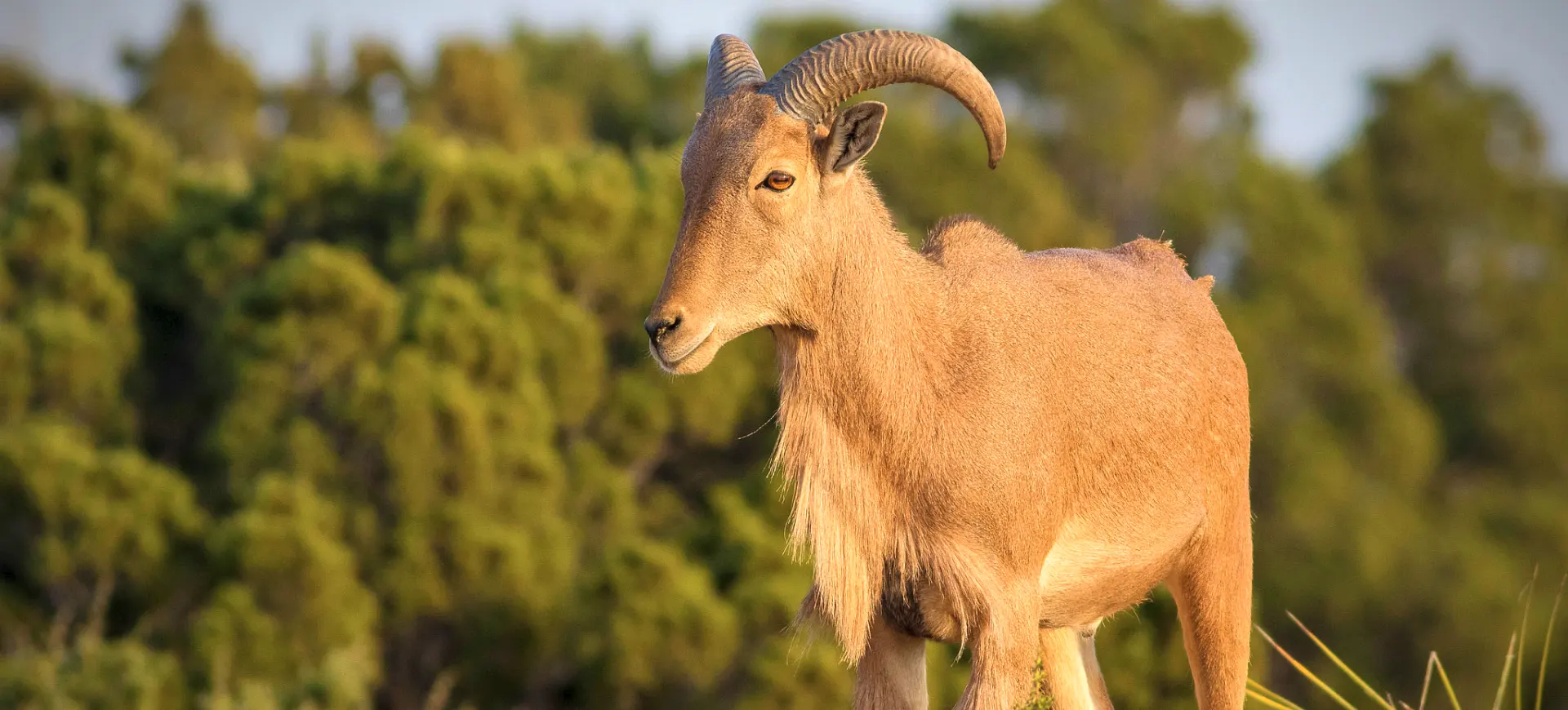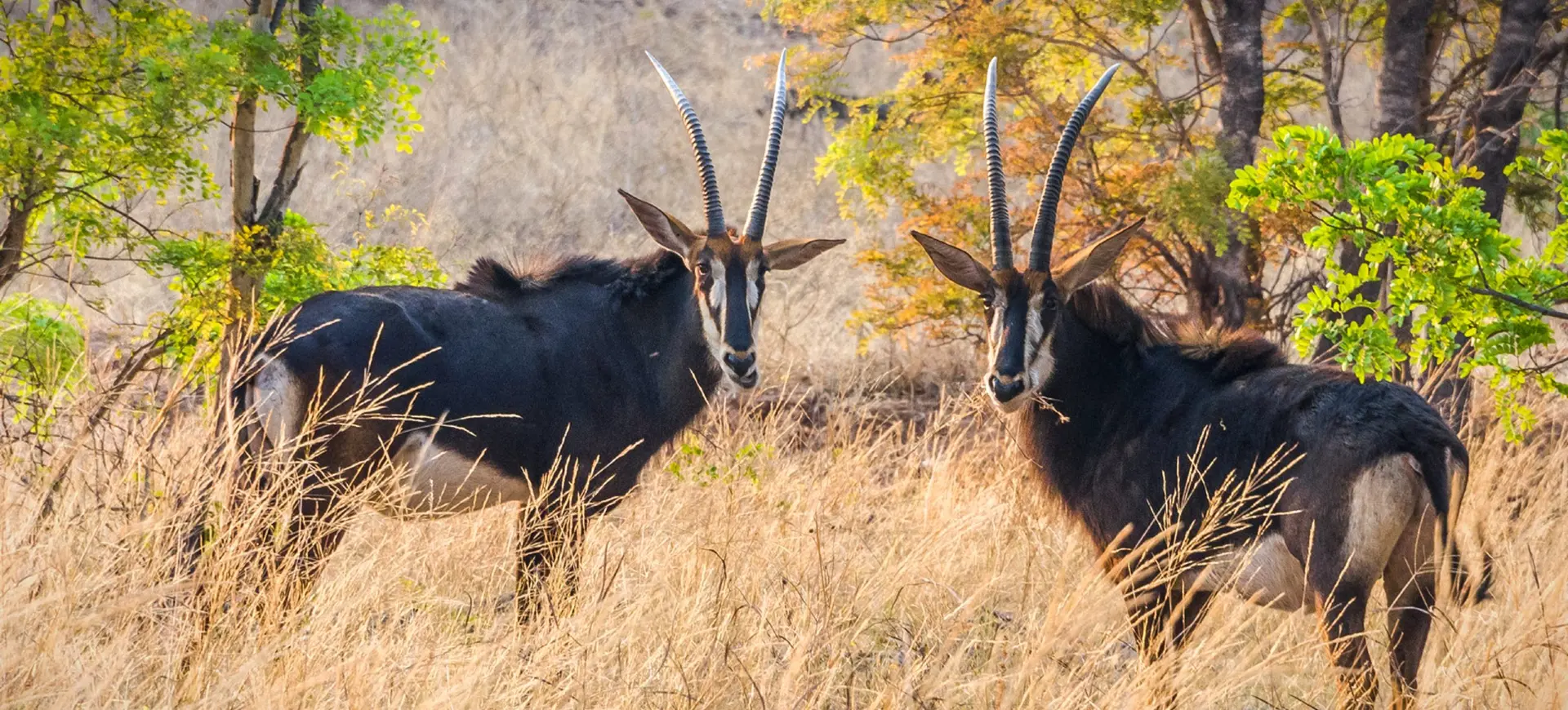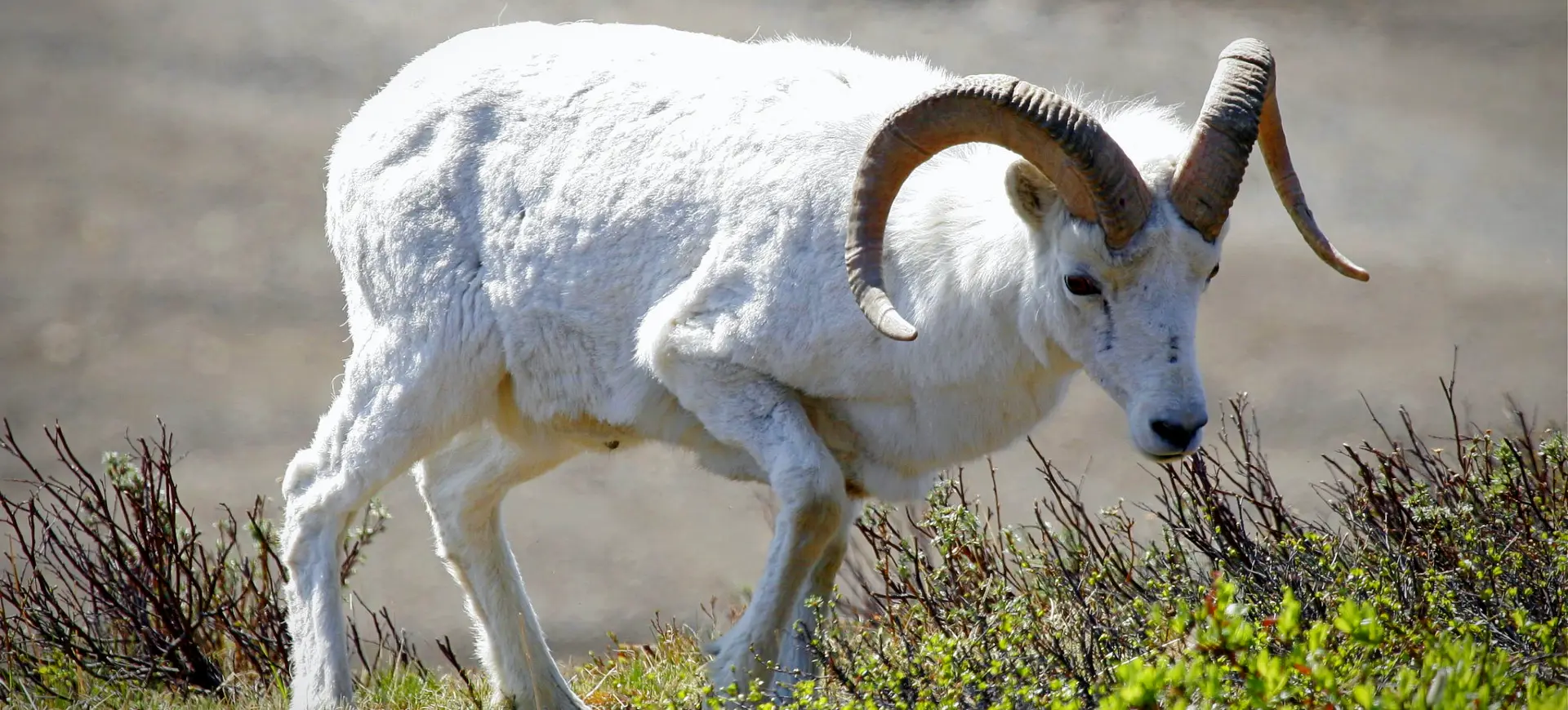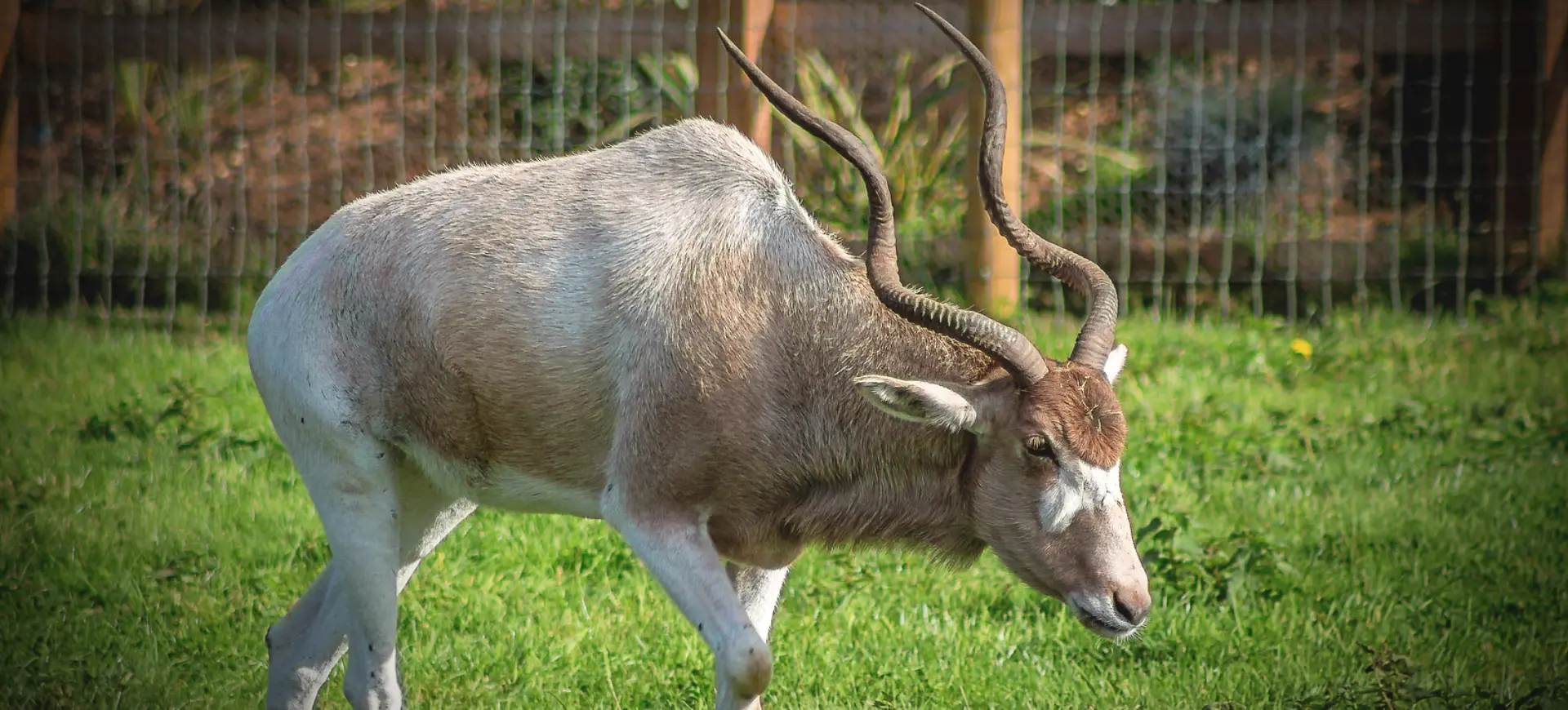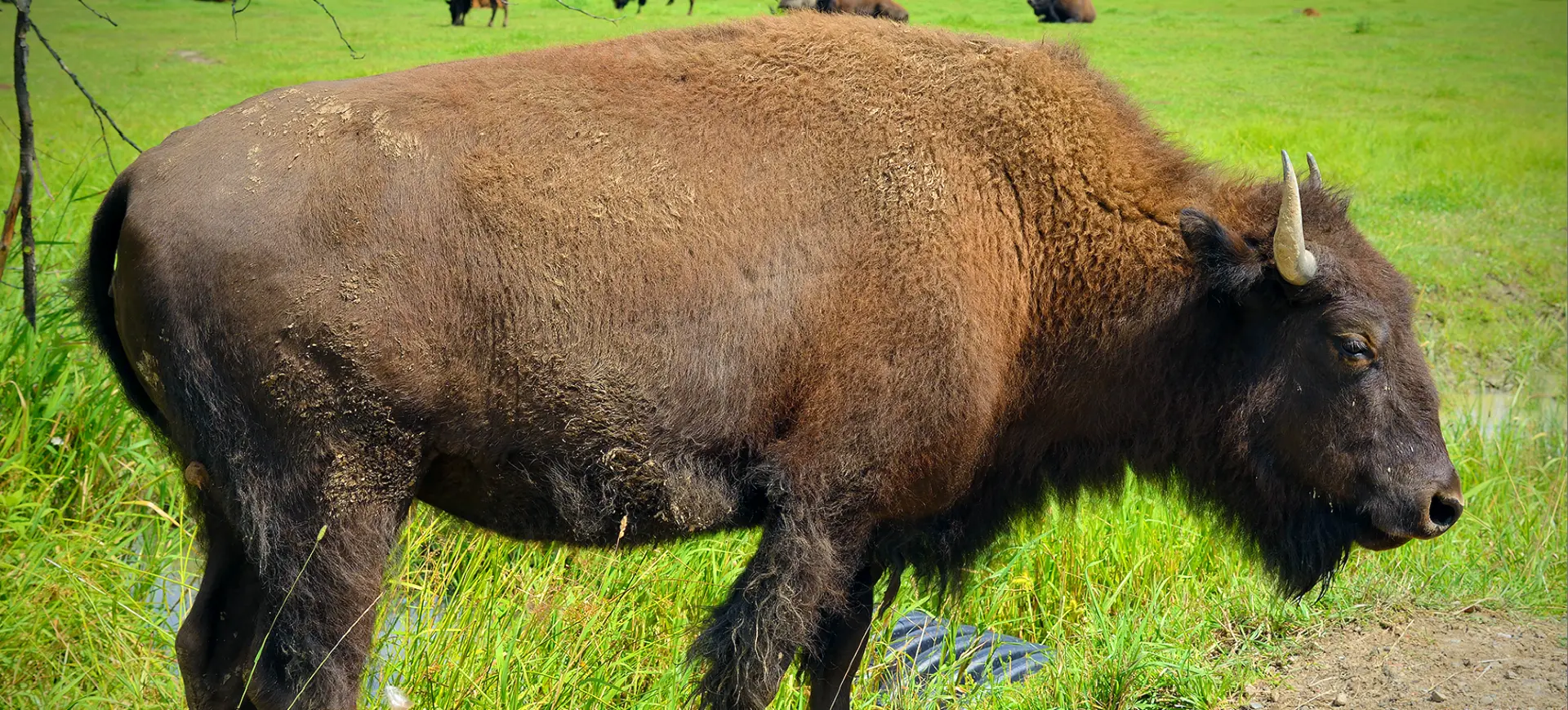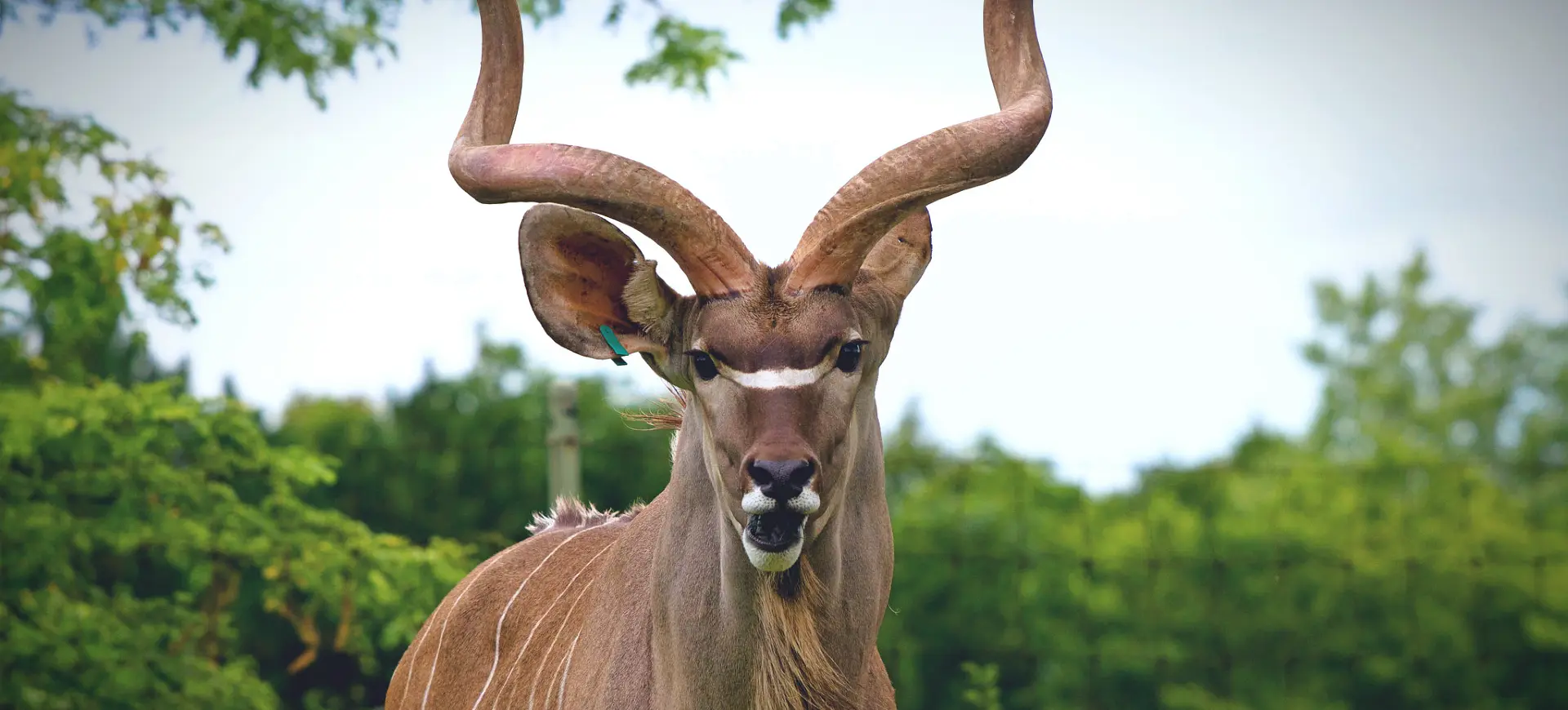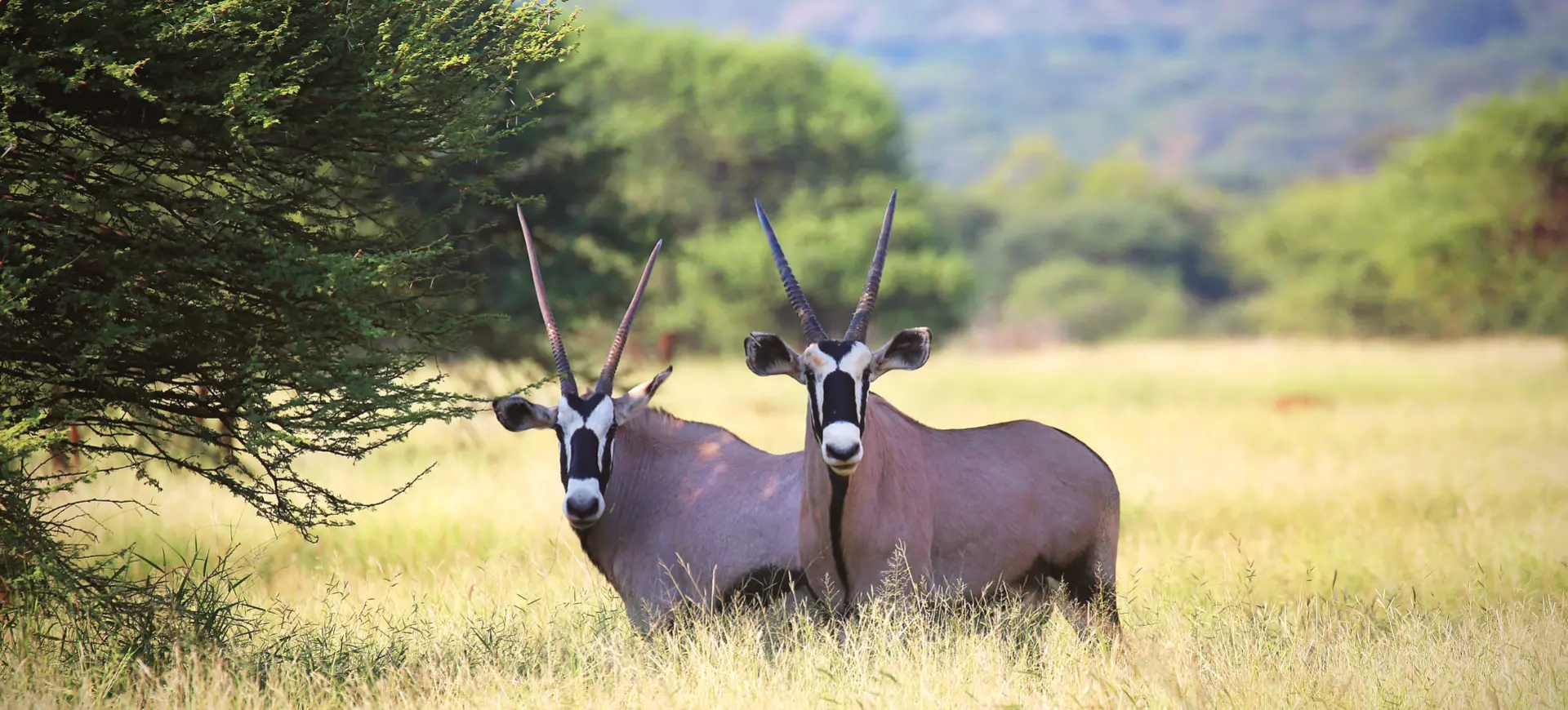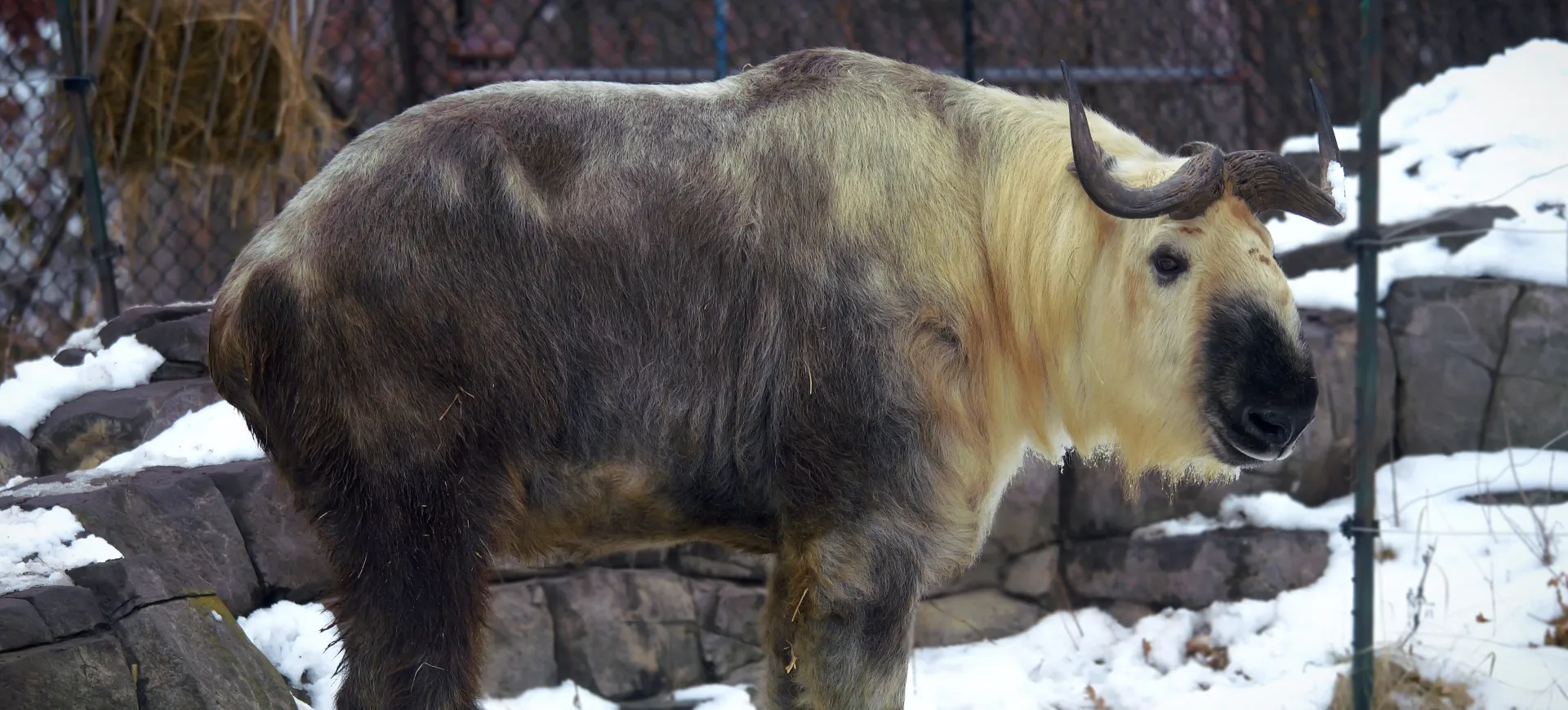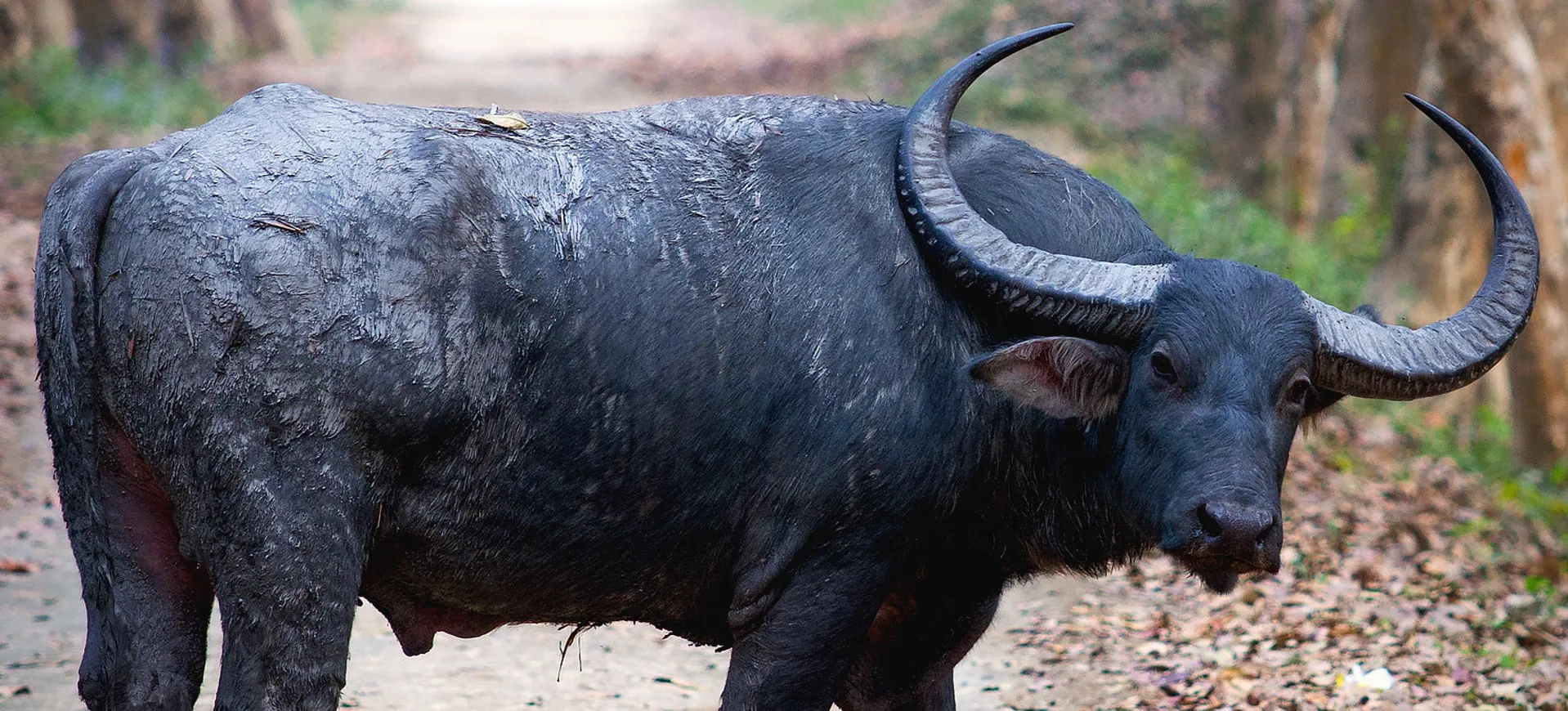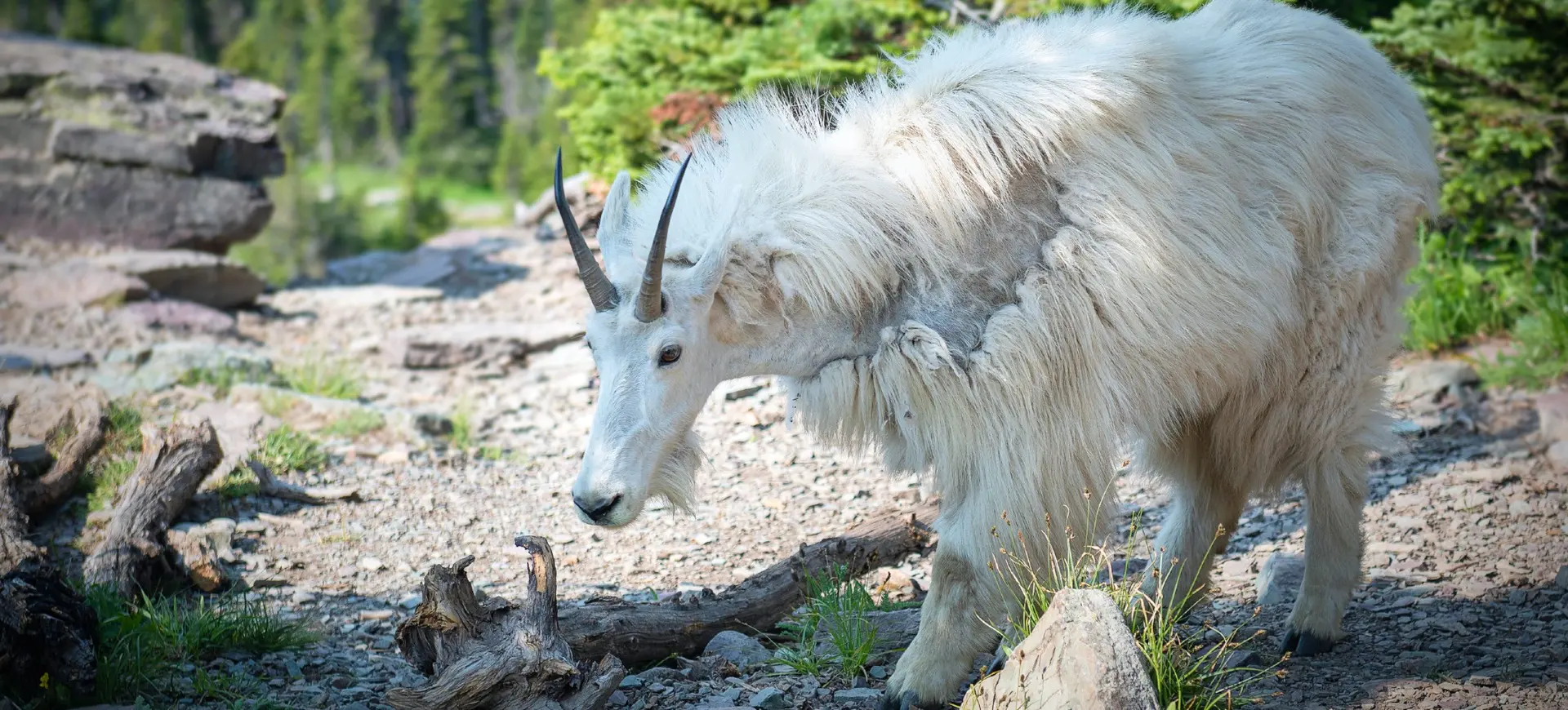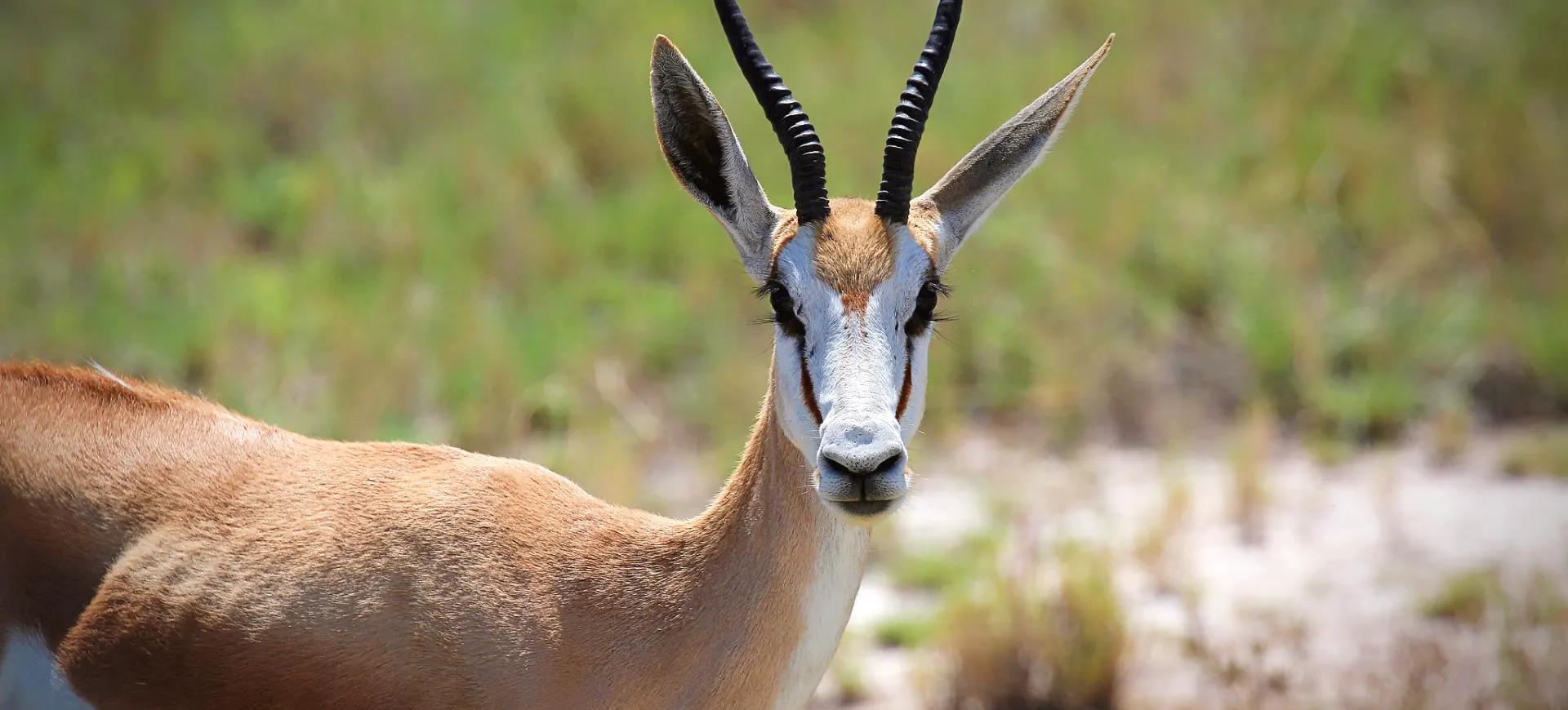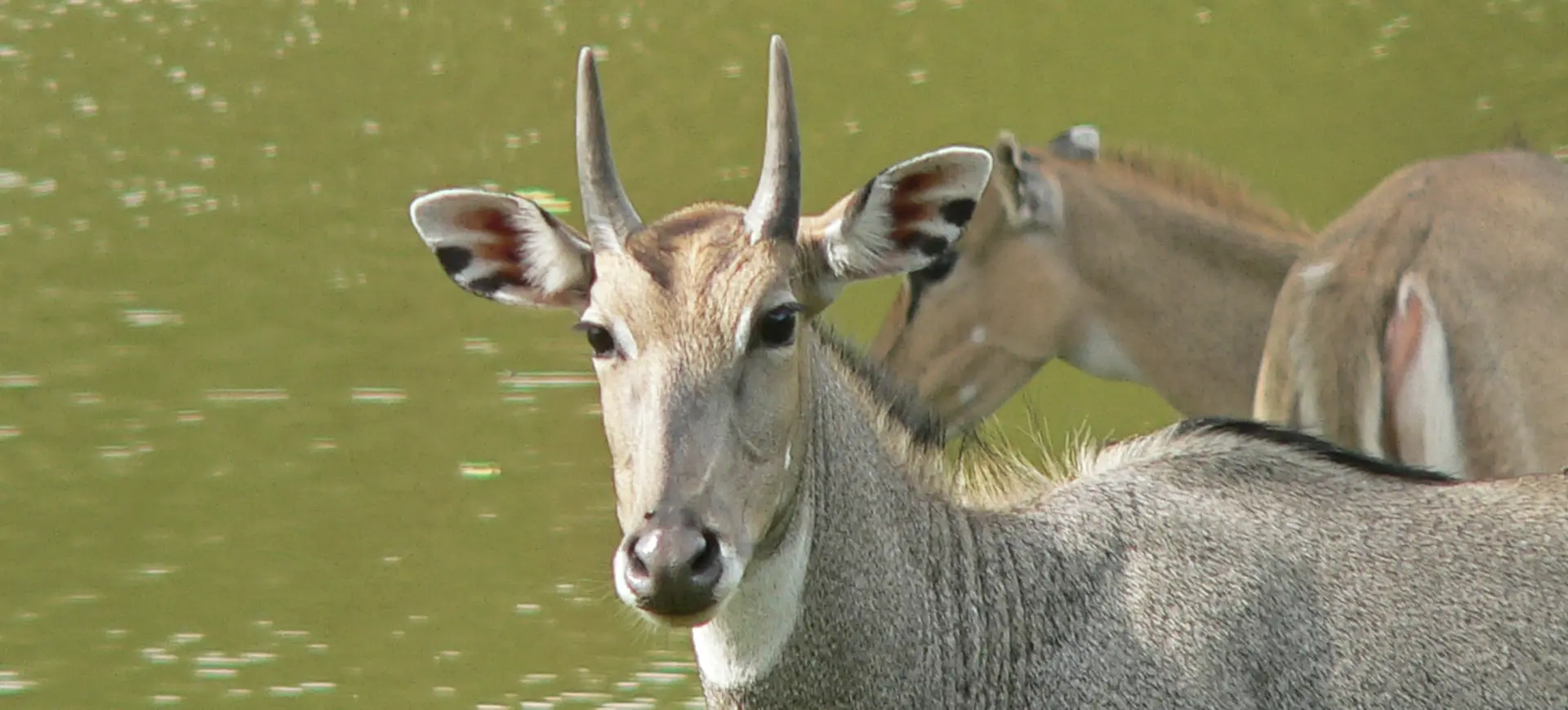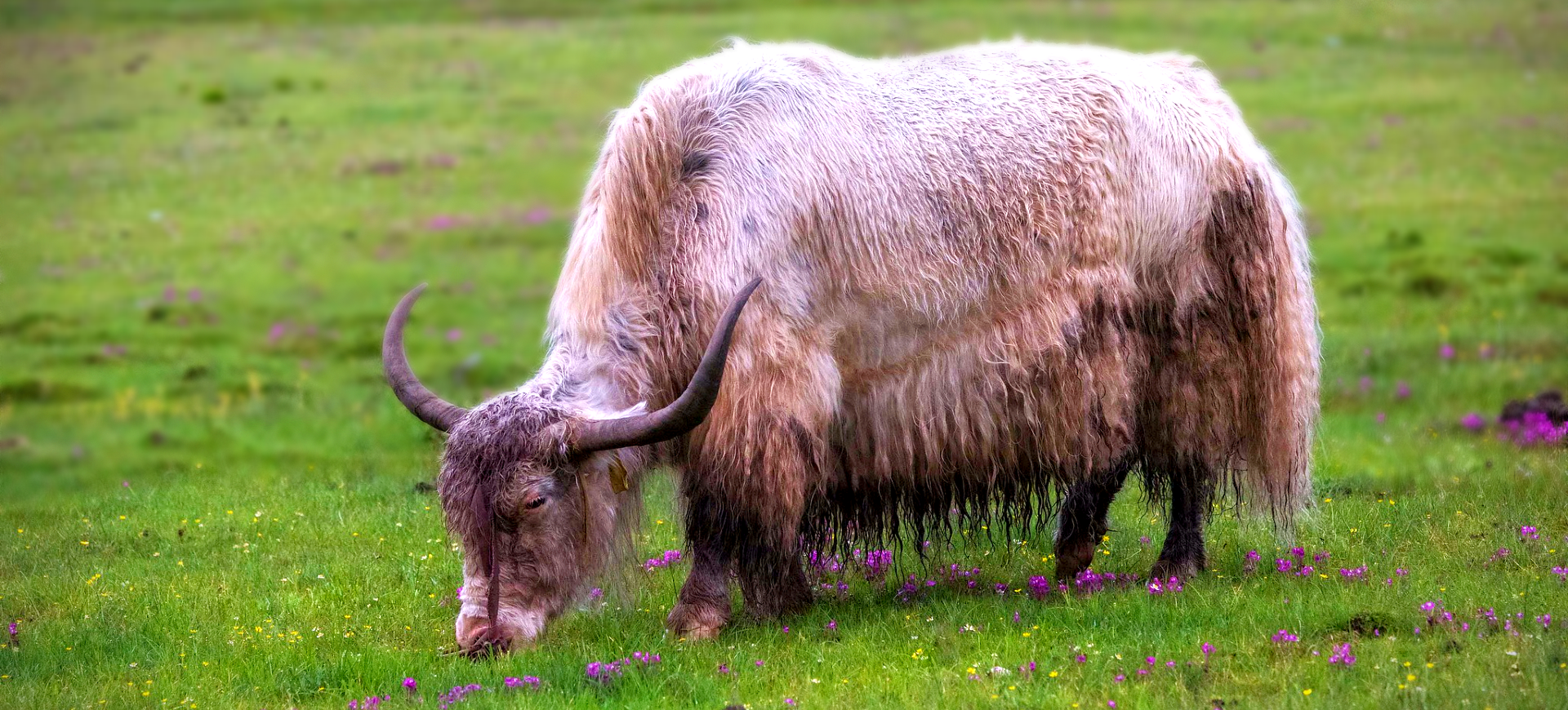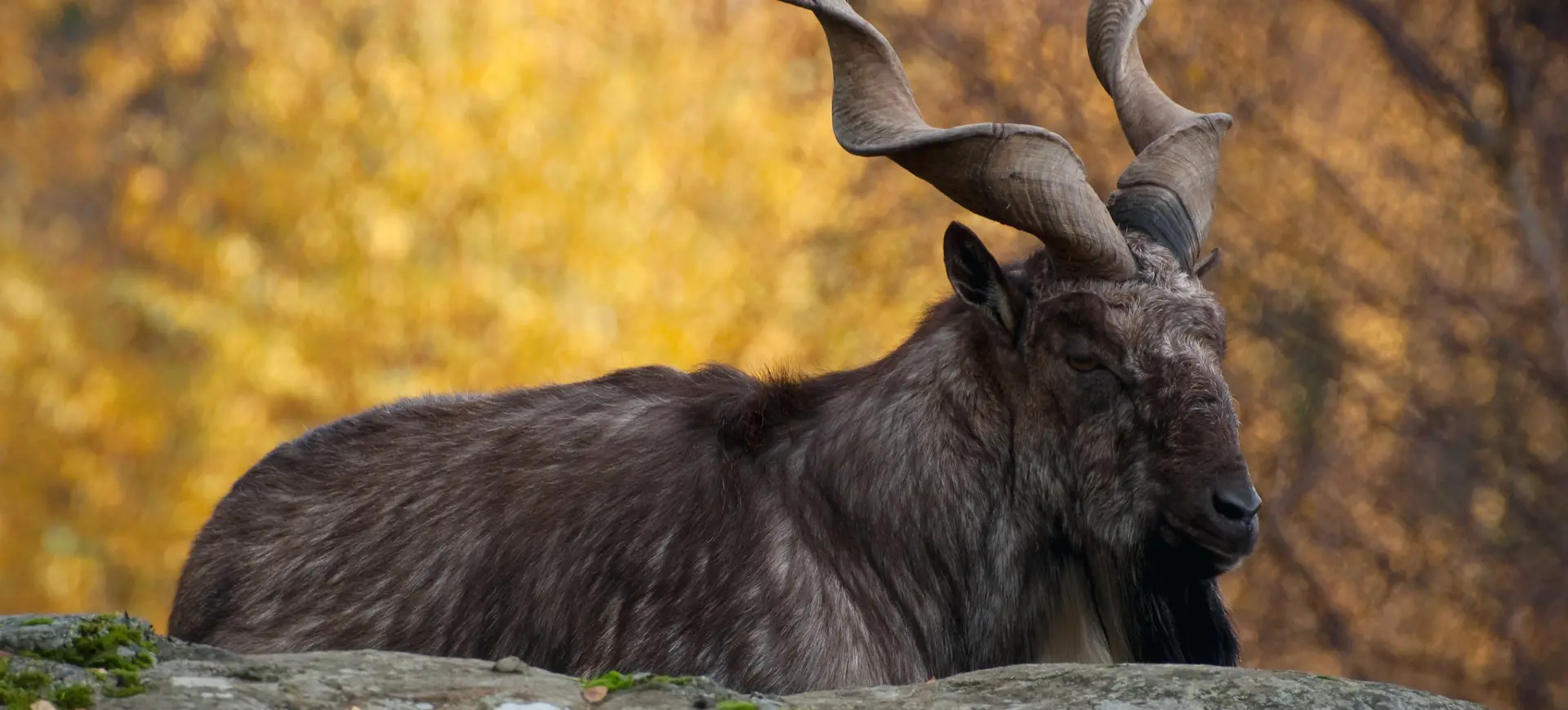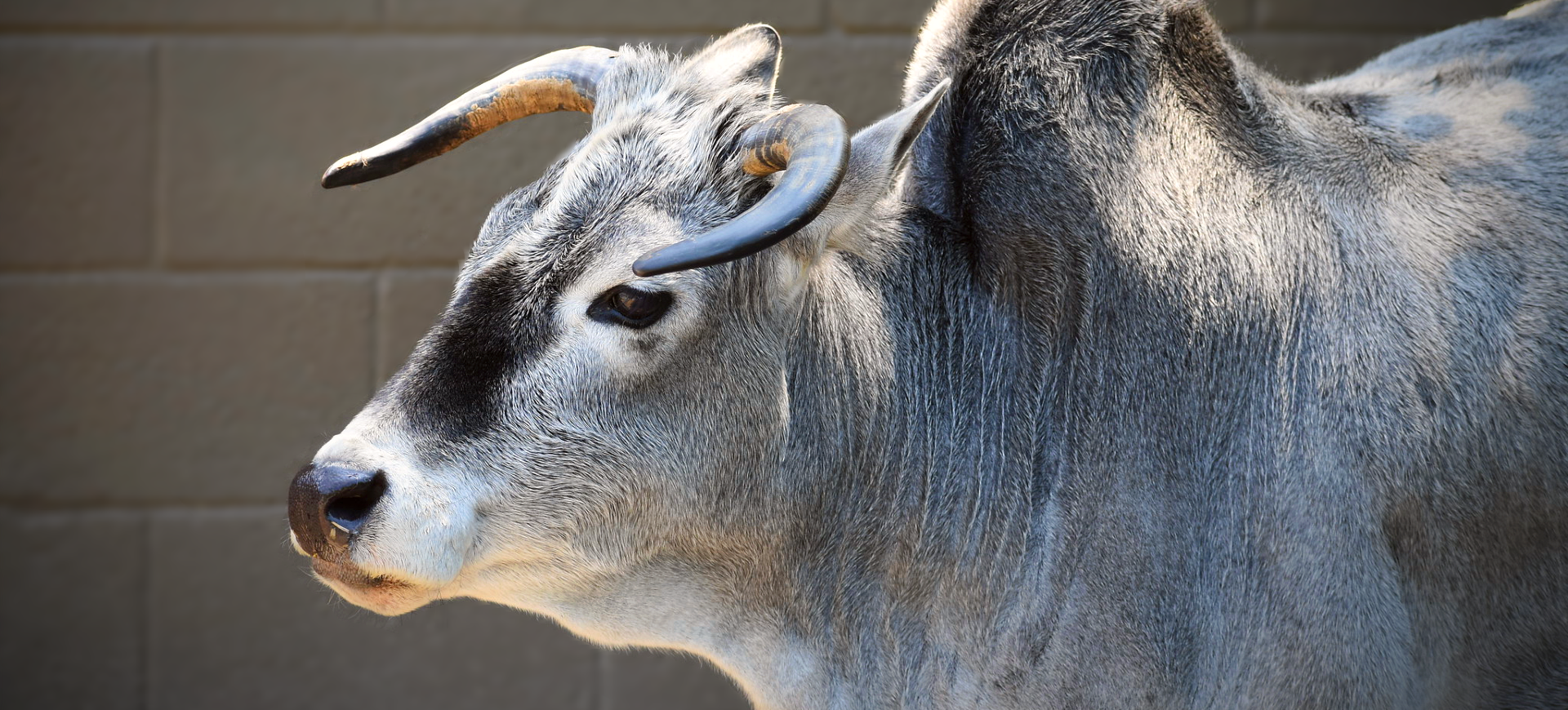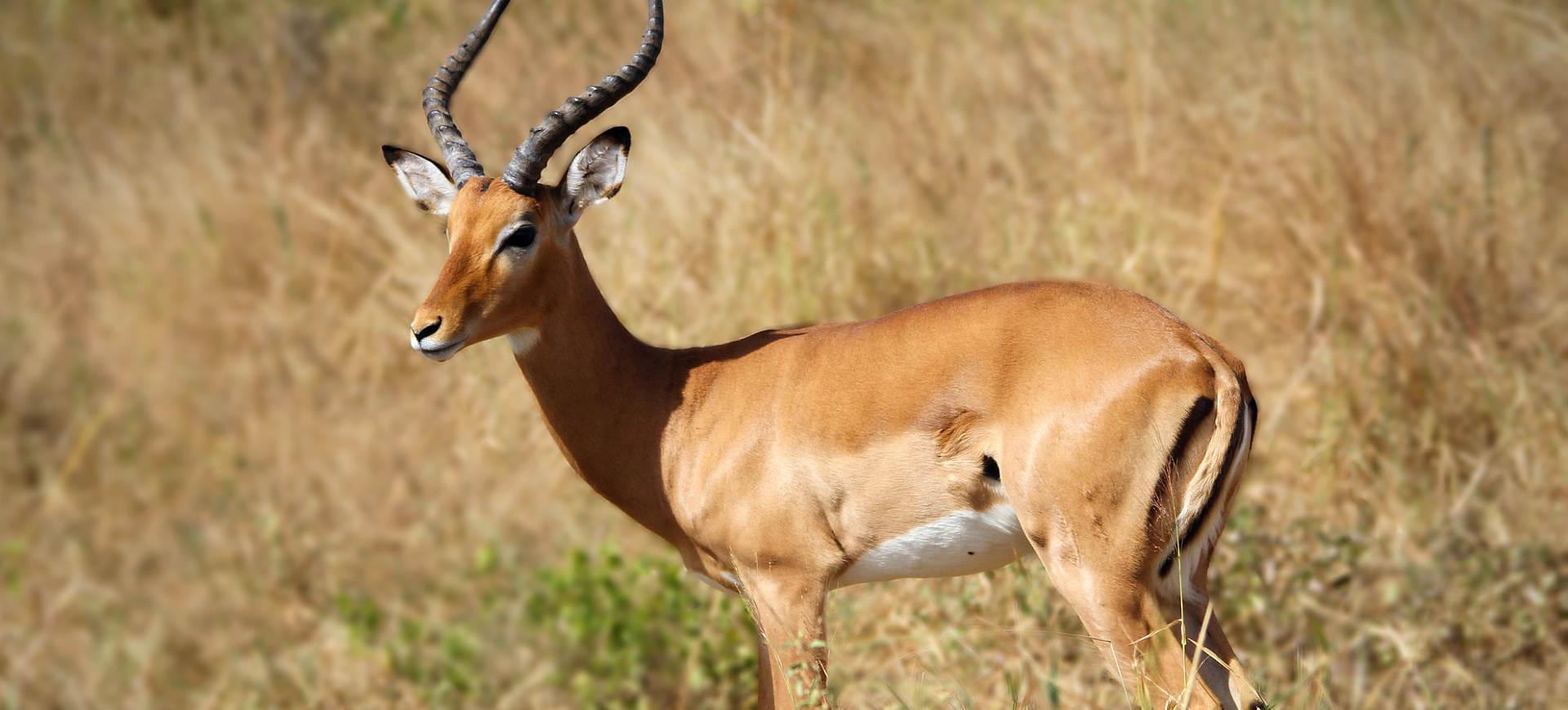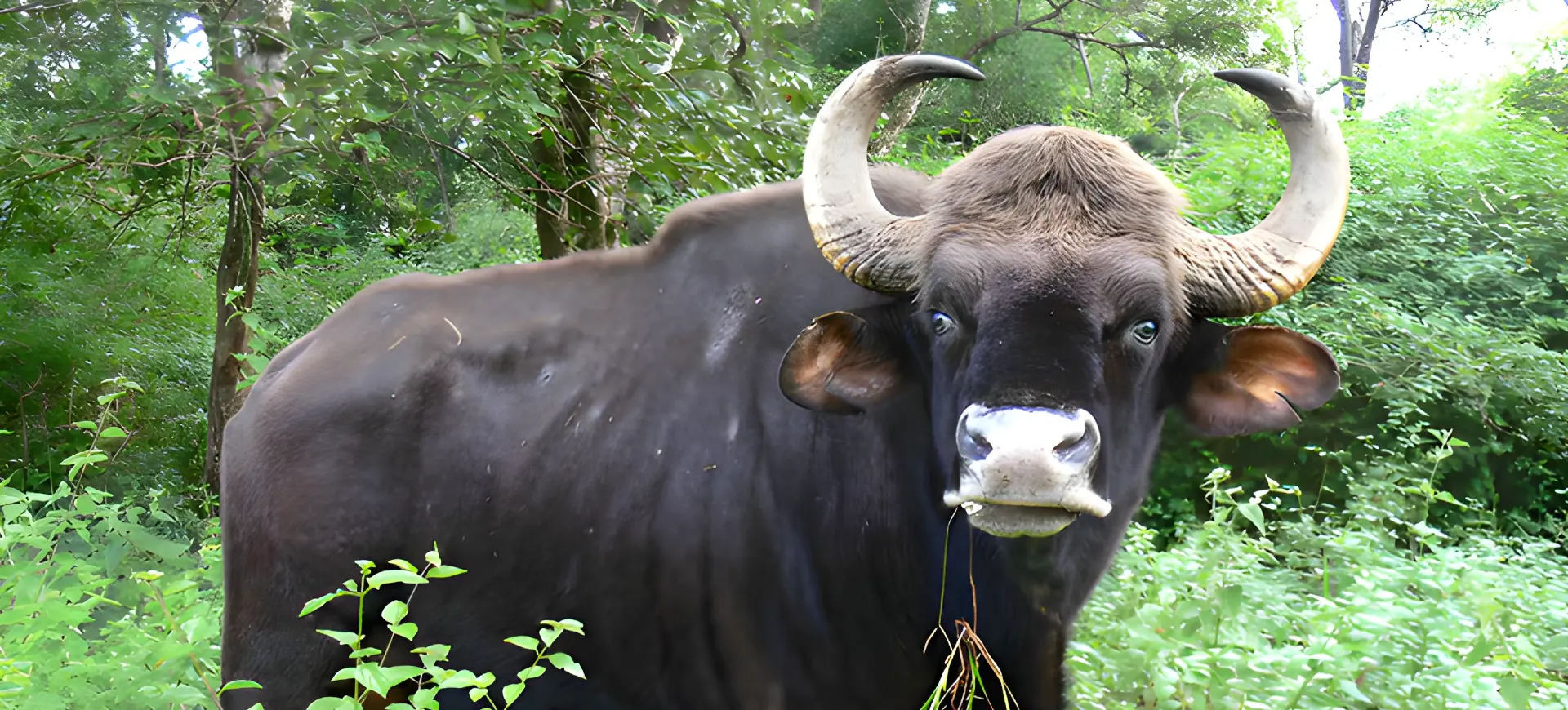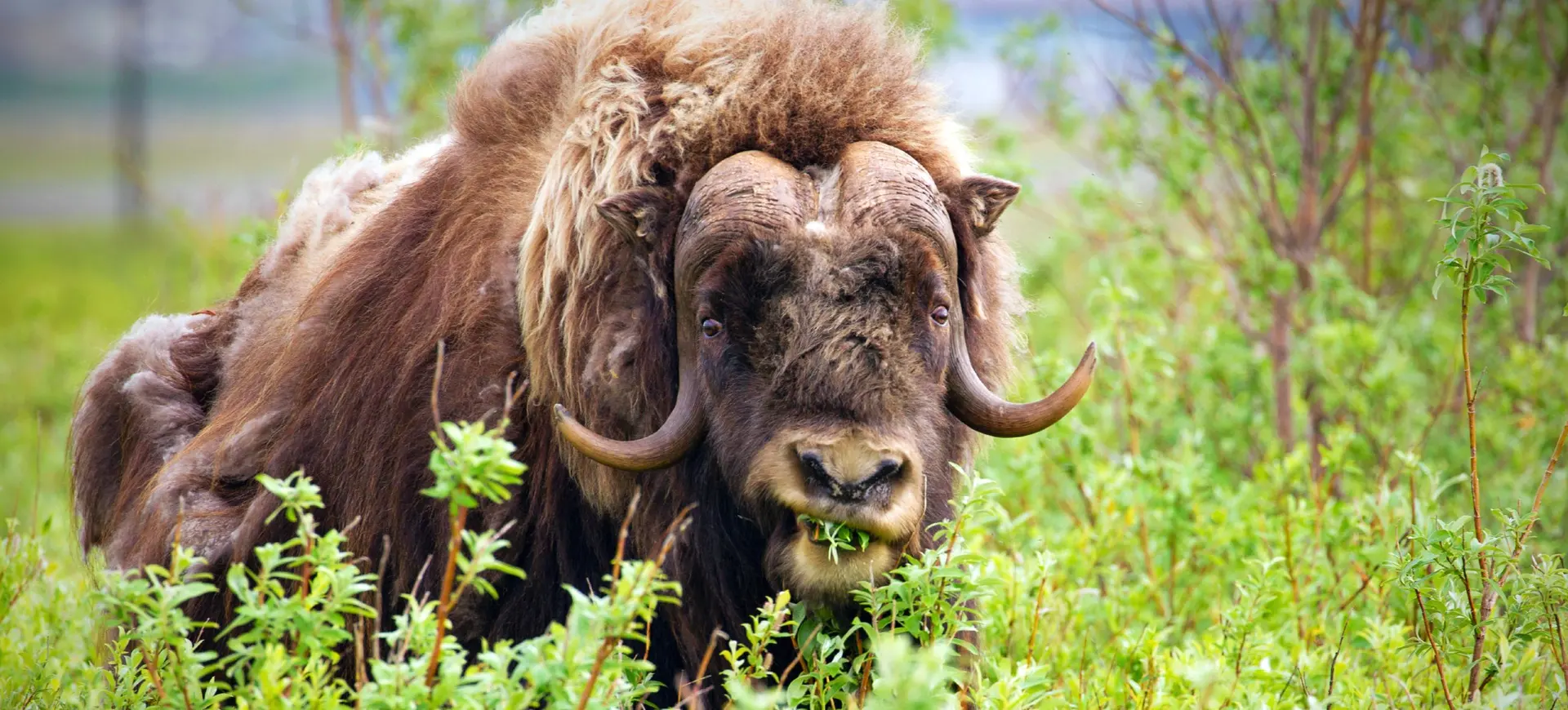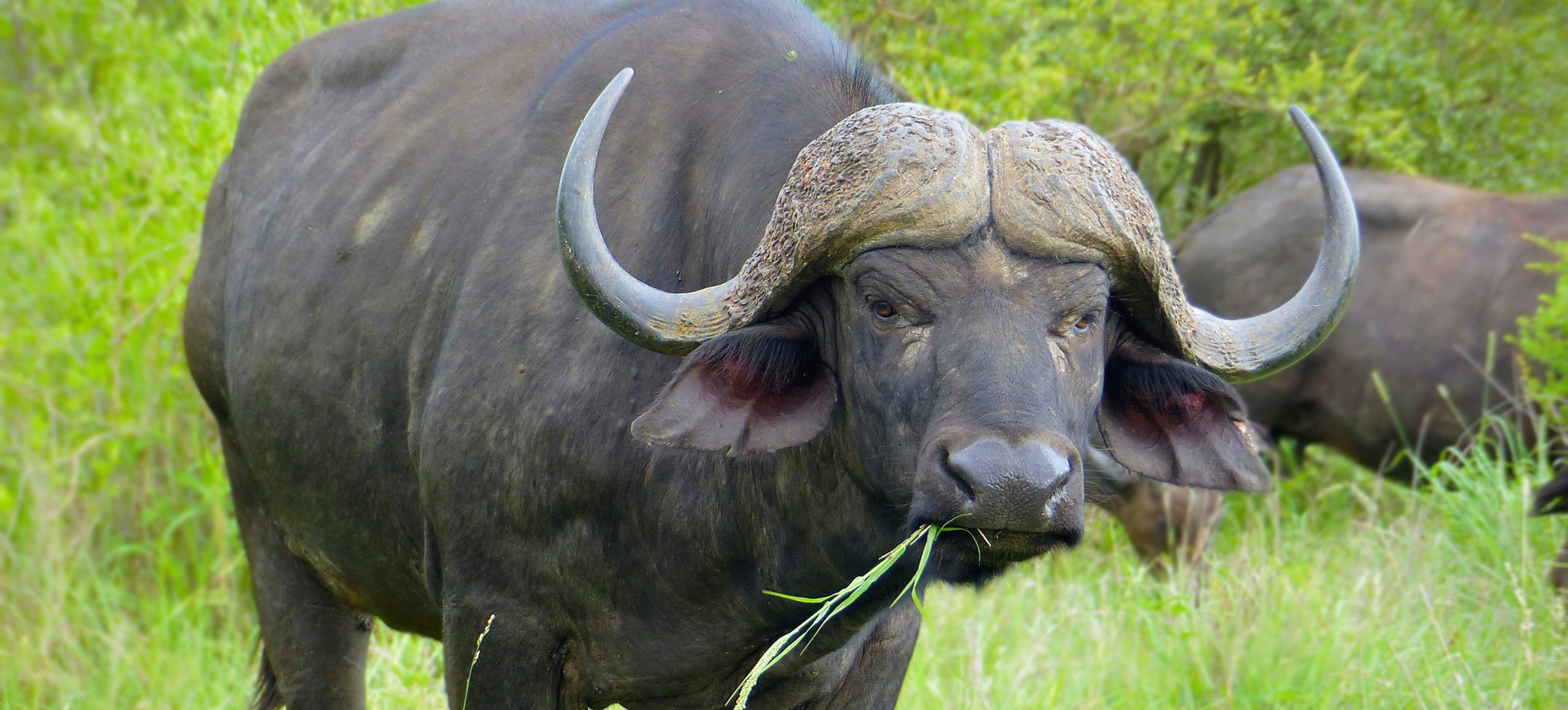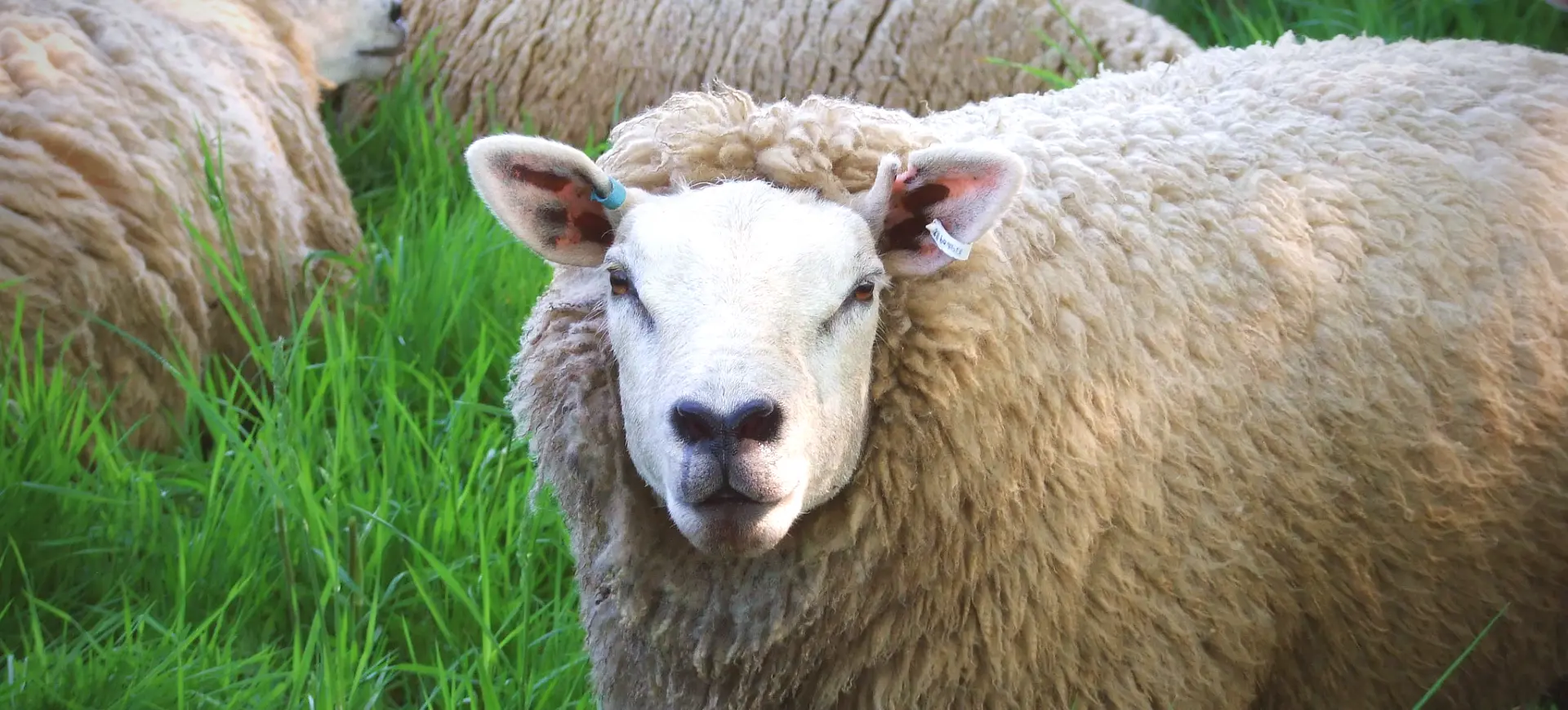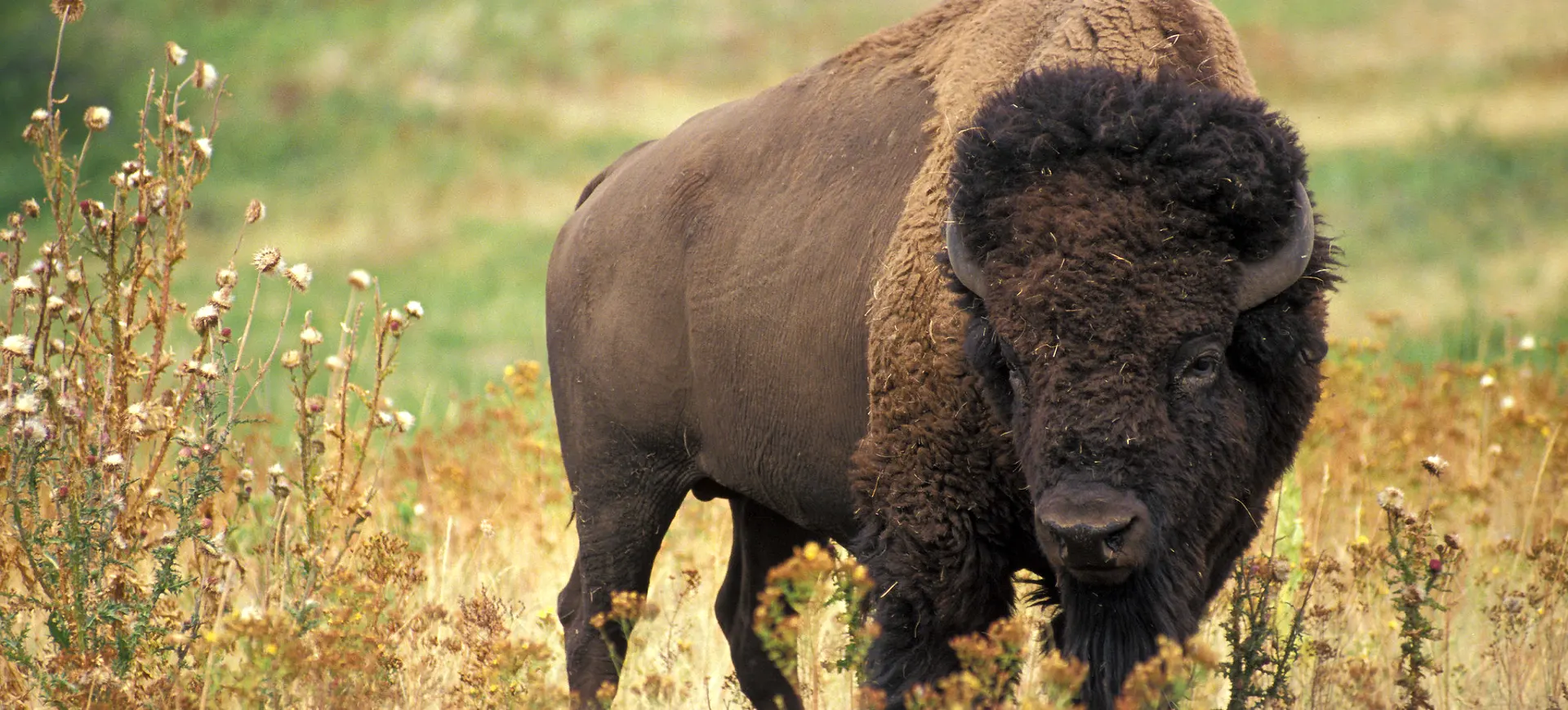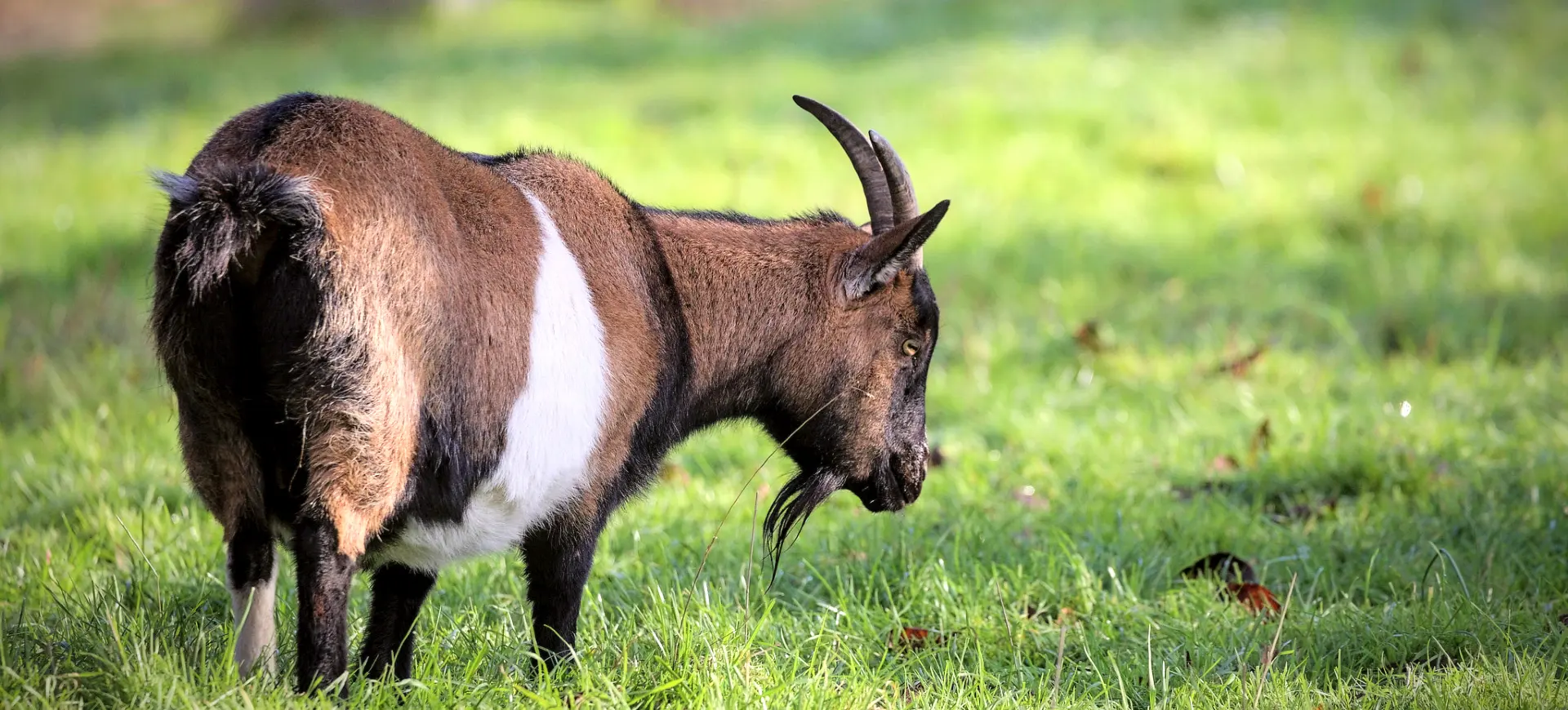Overview
Bighorn sheep (Ovis canadensis) are iconic symbols of the North American West, renowned for their massive, spiral horns and rugged mountain habitats. These mammals are distinguished by their impressive agility and ability to easily navigate steep, rocky terrain. Bighorn sheep are divided into several subspecies, with variations in size, color, and horn configuration, adapted to their specific environments ranging from the desert areas of the Southwest to the snowy peaks of the Rocky Mountains. They play a crucial role in their ecosystems, serving as indicators of environmental health and as prey for predators such as mountain lions, wolves, and bears.
Males, known as rams, are famous for their head-to-head combat during the mating season. These battles, which can be heard echoing through the mountains, are tests of strength and dominance to win the right to mate with females, known as ewes. Females, on the other hand, are more social, often seen in groups with their young, navigating the landscape in search of food, water, and safe birthing grounds. The diet of bighorn sheep primarily consists of grasses, sedges, and forbs, with variations depending on seasonal availability and habitat type.
Conservation efforts for bighorn sheep have seen varying degrees of success over the years. Due to overhunting, habitat loss, and disease transmission from domestic sheep, their populations experienced significant declines. However, through protective legislation, habitat restoration, and reintroduction programs, some bighorn sheep populations have begun to rebound, highlighting the importance of continued conservation work to ensure their survival and the preservation of North American wilderness.
Taxonomy
Kingdom
Phylum
Class
Order
Family
Genus
Species
Type
Current distribution:
Bighorn sheep populations are distributed across various parts of North America, with notable populations in the Rocky Mountains, Sierra Nevada, and desert regions of the Southwest. Conservation efforts have helped to stabilize and increase some populations. Still, habitat fragmentation, disease, and competition for resources with domestic livestock continue to impact their distribution and numbers.
Protected areas and national parks play a critical role in the conservation of bighorn sheep, providing habitats free from the most severe human impacts. Despite these efforts, bighorn sheep distribution remains patchy, with some areas having robust populations while others are at risk or declining. Ongoing conservation and management efforts are essential to ensure the continued presence of bighorn sheep in North America's wild landscapes.
Physical Description:
Bighorn sheep are robust animals with compact bodies, thick brown fur, and white rumps. Their most striking feature is the large, curved horns on the males, which can weigh over 30 pounds (14 kg), making up about 10% of the ram’s body weight. Females also have horns, but they are shorter and less curved. Adult males (rams) can weigh between 140 and 300 pounds (64 and 136 kg), while females (ewes) are smaller, weighing between 75 and 200 pounds (34 and 91 kg).
Their fur color varies from light brown to grayish or dark chocolate brown, with a white belly and patch on the rump. The size and coloration of bighorn sheep can vary significantly depending on their subspecies and habitat. Adaptations such as powerful leg muscles and specialized hooves with cushioned undersides allow them to climb steep, rocky terrain with remarkable agility. This physical adaptation is crucial for escaping predators and accessing fresh grazing areas and water sources in mountainous environments.

Lifespan: Wild: ~10 Years || Captivity: ~20 Years

Weight: Male: 140-300 lbs (64-136 kg) || Female: 75-200 lbs (34-91 kg)

Length: Male & Female: 60-72 in (152-183 cm)

Height: Male & Female: 36-42 in (91-107 cm)

Top Speed: 30 mph (48 km/h)
Characteristic:
Native Habitat:
Bighorn sheep are native to North America, with their range extending from the western United States through Canada and into northern Mexico. They inhabit a wide range of environments, from the rocky mountainous regions of the Rocky Mountains and the Sierra Nevada to the desert landscapes of the Southwest. Their ideal habitats include steep, rocky terrains with ample vegetation for grazing and access to water sources.
Adaptations to their environments are evident in the differences between subspecies, such as the desert bighorn sheep, which have evolved to withstand the extreme temperatures and scarce water supplies of desert regions. Bighorn sheep’s preference for high elevations and rugged terrain provides natural protection from predators and allows them to take advantage of the ecological niches in these challenging landscapes.
Climate Zones:
Biomes:
Biogeographical Realms:
Continents:
Countries:
Diet:
Diet & Feeding Habits:
Bighorn sheep are herbivores, primarily grazing on a diet of grasses, sedges, and forbs. Their diet changes seasonally, with grasses being predominant in the summer and woody plants such as willow, sage, and juniper becoming more important during winter. They require access to fresh water sources and often travel great distances to find suitable feeding grounds.
Bighorn sheep may consume cultivated crops in areas where their habitats overlap with human agriculture, although this is less common. Their ability to digest a wide range of plant materials allows them to thrive in the diverse ecosystems of North America. Efficient water metabolism enables them to survive in arid conditions, although they still need to drink water regularly to maintain health, especially in extremely hot environments.
Mating Behavior:
Mating Description:
Bighorn sheep exhibit a polygynous mating system, where dominant rams can mate with multiple ewes. The mating season, or rut, occurs in the late fall and early winter. During this time, rams engage in spectacular battles for dominance, charging at each other at speeds of up to 20 mph (32 km/h), clashing their horns in displays of strength and stamina.
These contests can last for hours until a dominant ram is established, who then gains the right to mate with the ewes in the area. Females choose mates based on the outcomes of these contests, with successful rams fathering most lambs. Gestation lasts approximately six months, with most lambs born in the late spring, timed to coincide with the availability of abundant food resources necessary for their growth and survival.
Reproduction Season:
Birth Type:
Pregnancy Duration:
Female Name:
Male Name:
Baby Name:
Social Structure Description:
Bighorn sheep have a complex social structure characterized by separate male and female groups for most of the year. Rams form bachelor groups, which are hierarchical based on age and horn size, while ewes, lambs, and yearlings form nursery groups. These social structures facilitate access to resources and protect them from predators.
During the mating season, rams leave their bachelor groups and seek out ewes to compete for mating opportunities. After the breeding season, rams and ewes separate again into their respective groups. This social organization plays a crucial role in the survival and reproduction of bighorn sheep, allowing them to navigate the challenges of their mountainous and desert habitats.
Groups:
Conservation Status:
Population Trend:
While bighorn sheep are classified as least Concerned overall, some subspecies, such as the Sierra Nevada bighorn sheep, are considered endangered and face significant threats to survival. Population trends vary widely among different areas and subspecies, with some showing signs of recovery and others remaining in decline. The number of bighorn sheep in the wild is difficult to estimate due to their rugged habitat and the scattered nature of their populations.
Conservation efforts, including habitat restoration, disease management, and reintroduction programs, have stabilized and increased some bighorn sheep populations. However, disease transmission from domestic sheep, habitat fragmentation, and climate change threaten their long-term viability. Ongoing research and monitoring are essential for understanding population dynamics and implementing effective conservation strategies.
Population Threats:
The main threats to bighorn sheep populations include disease transmission from domestic livestock, habitat loss and fragmentation, and resource competition. Diseases such as pneumonia, transmitted by domestic sheep and goats, have caused significant mortality in wild populations. Habitat loss due to development, mining, and energy projects reduces the available space for bighorn sheep and disrupts their traditional migration routes.
Climate change also poses a long-term threat by altering the ecosystems bighorn sheep inhabit, potentially leading to food and water resource availability shifts. Predation by mountain lions, while a natural part of their ecosystem, can also impact populations, particularly where human activities have altered predator-prey dynamics.
Conservation Efforts:
Conservation efforts for bighorn sheep include habitat protection and restoration, disease management, and establishing wildlife corridors to connect fragmented populations. Programs to reduce contact between domestic livestock and wild bighorn sheep have been implemented to prevent disease transmission. Reintroduction programs have also successfully restored bighorn sheep to parts of their historic range where they had disappeared.
Protected areas and national parks provide crucial sanctuaries for bighorn sheep, allowing populations to live relatively undisturbed by human activities. Conservation organizations and government agencies collaborate on research, monitoring, and management initiatives to understand bighorn sheep ecology and implement effective conservation measures. Public education and awareness campaigns help to promote the conservation of bighorn sheep and their habitats.
Additional Resources:
Fun Facts
- Bighorn sheep’s horns grow throughout their lives, with the size and shape indicating age and rank.
- They have excellent vision, which helps them detect predators and navigate their rocky habitats.
- Bighorn sheep can jump up to 20 feet (6 meters) across cliffs and ledges.
- The name “bighorn” comes from the large, curved horns of the males, which are among the most impressive in the animal kingdom.
- Lambs can walk and follow their mothers within a day of being born, an essential survival trait in their precarious habitats.
- Bighorn sheep are skilled climbers who can easily scale steep slopes thanks to their specialized hooves.
- They have a unique ability to go without water for several days, obtaining moisture from their food.
- Bighorn sheep were revered in many Native American cultures, and their images are found in petroglyphs and rock art across the West.
- The annual rutting season is a major tourist attraction in some national parks, where visitors come to watch the dramatic battles between rams.
- Conservation programs have successfully reintroduced bighorn sheep to areas where they had previously been extirpated, helping to restore their presence in the North American landscape.

